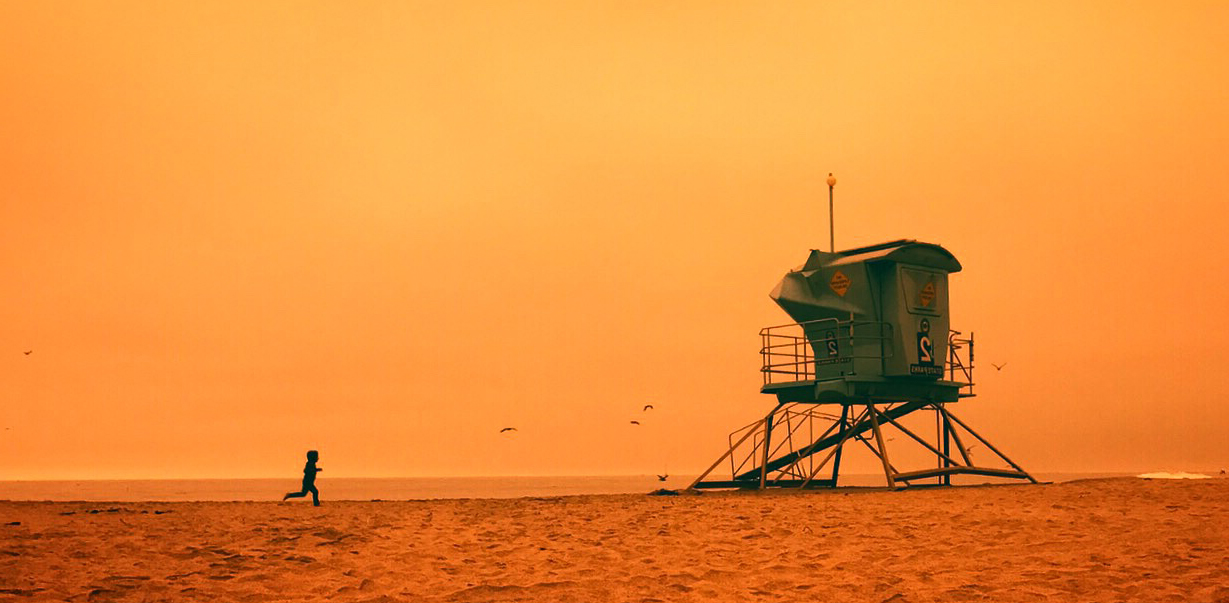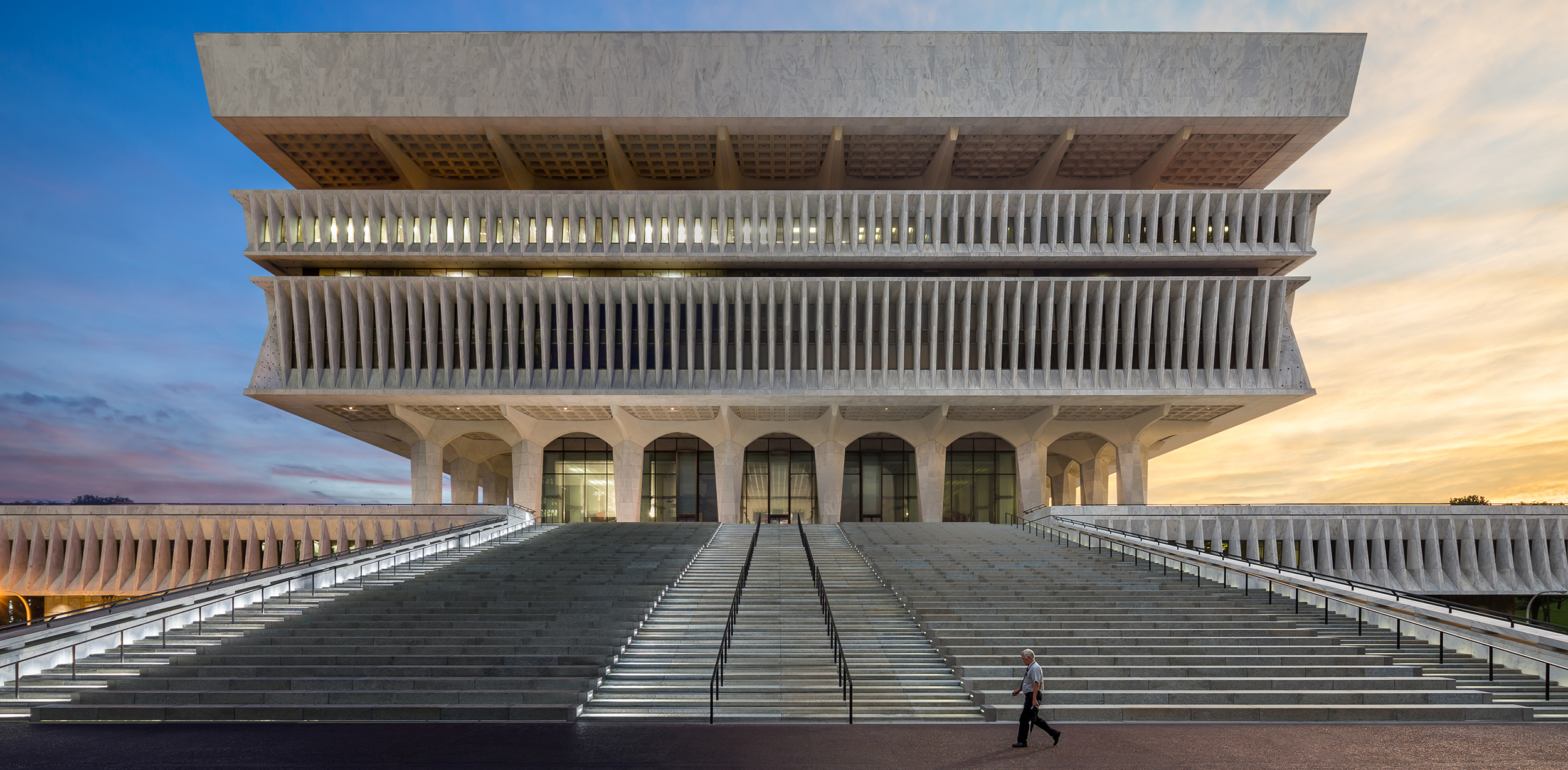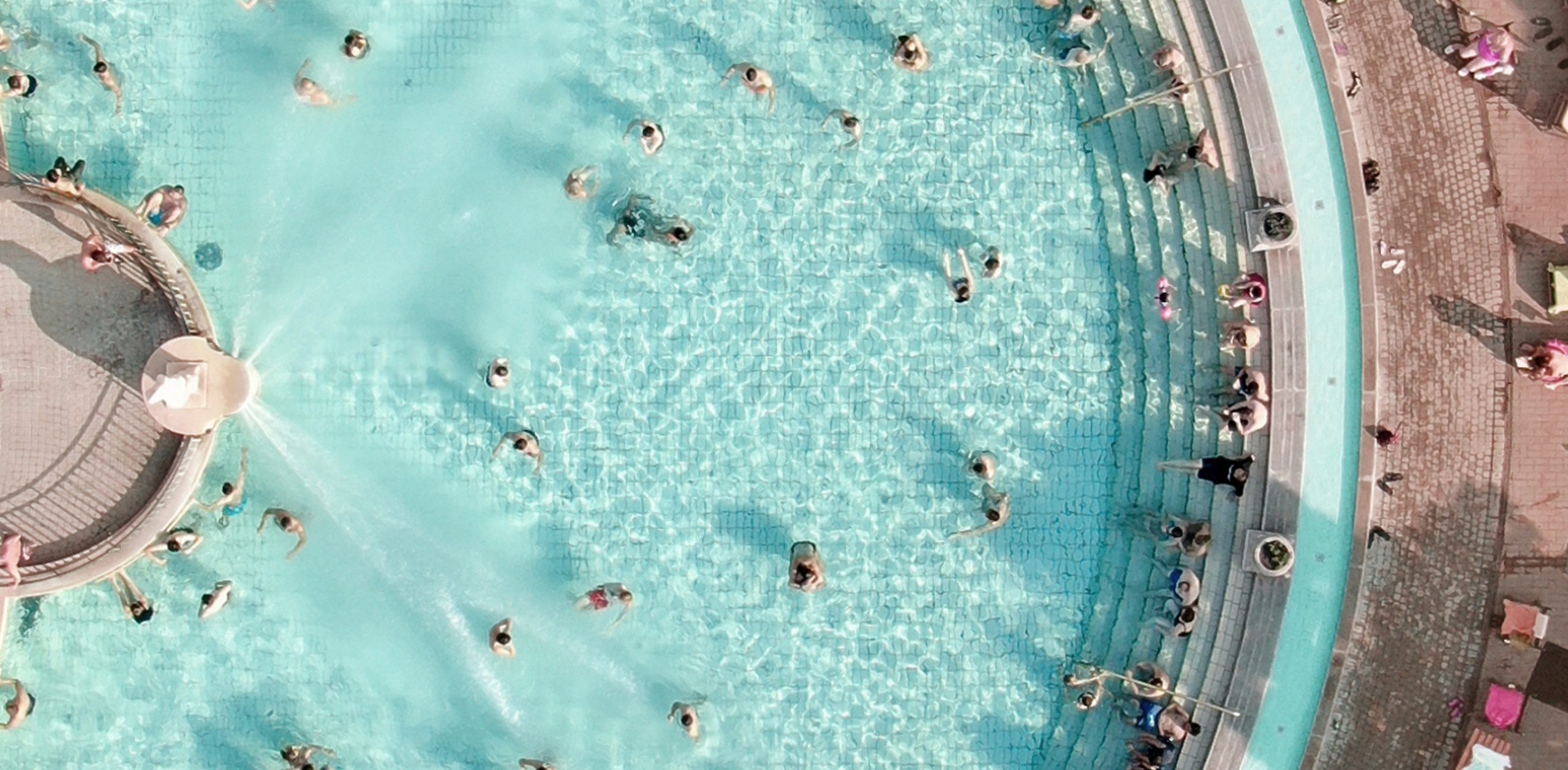Explore a further 25 extraordinary architectural photographs, each one a Finalist in the 2021 One Photo Challenge. Let us know which are your favorites on Instagram and Twitter with the hashtag #OnePhotoChallenge!
← Previous 25 Photos Next 25 Photos →
“Overhead” by Tommy Lei
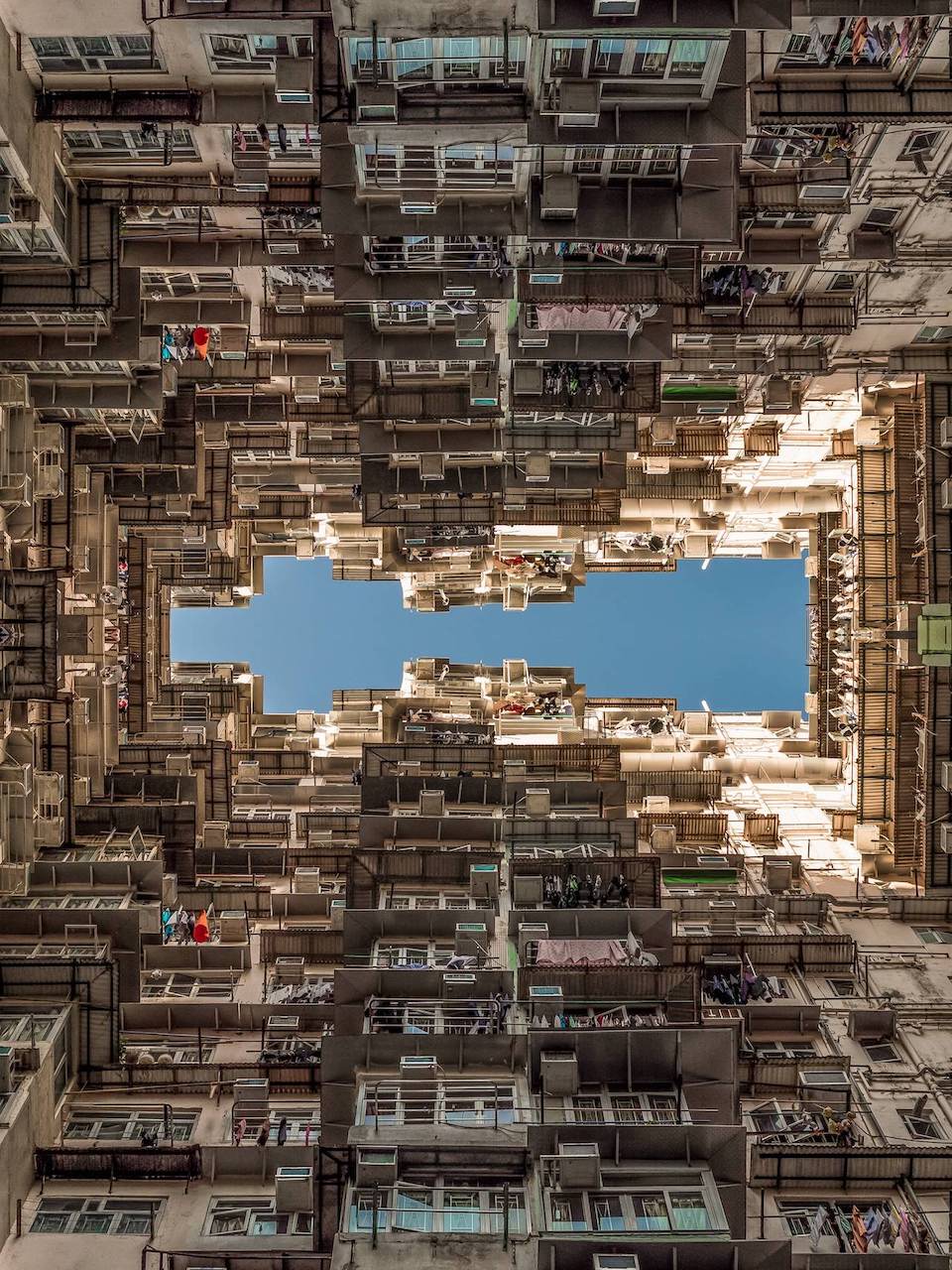
“Colloquially known as the Monster Buildings, this consortium of buildings comprised of – Oceanic Mansion, Fook Cheong Building, Montane Mansion, Yick Cheong Building, and Yick Fat Building – were built during a population boom in the 1960s to offer government-subsidized housing for low-income residents. These buildings are architecturally synonymous with the fabric and culture of Hong Kong – at least my version of it.
This is a familiar sight everyday when I grew up in more slummy parts of Kowloon. Every time I see this image, it’s a great reminder and testament to our grit and resilience as a body of people, Chinese, Asian and Hong Konger. As if I am looking up at these towering buildings that once loomed over my child-size body everyday.”
Camera: Panasonic
“Am Kupfergraben, Berlin (2018)” by Robert Herrmann
Robert Herrmann
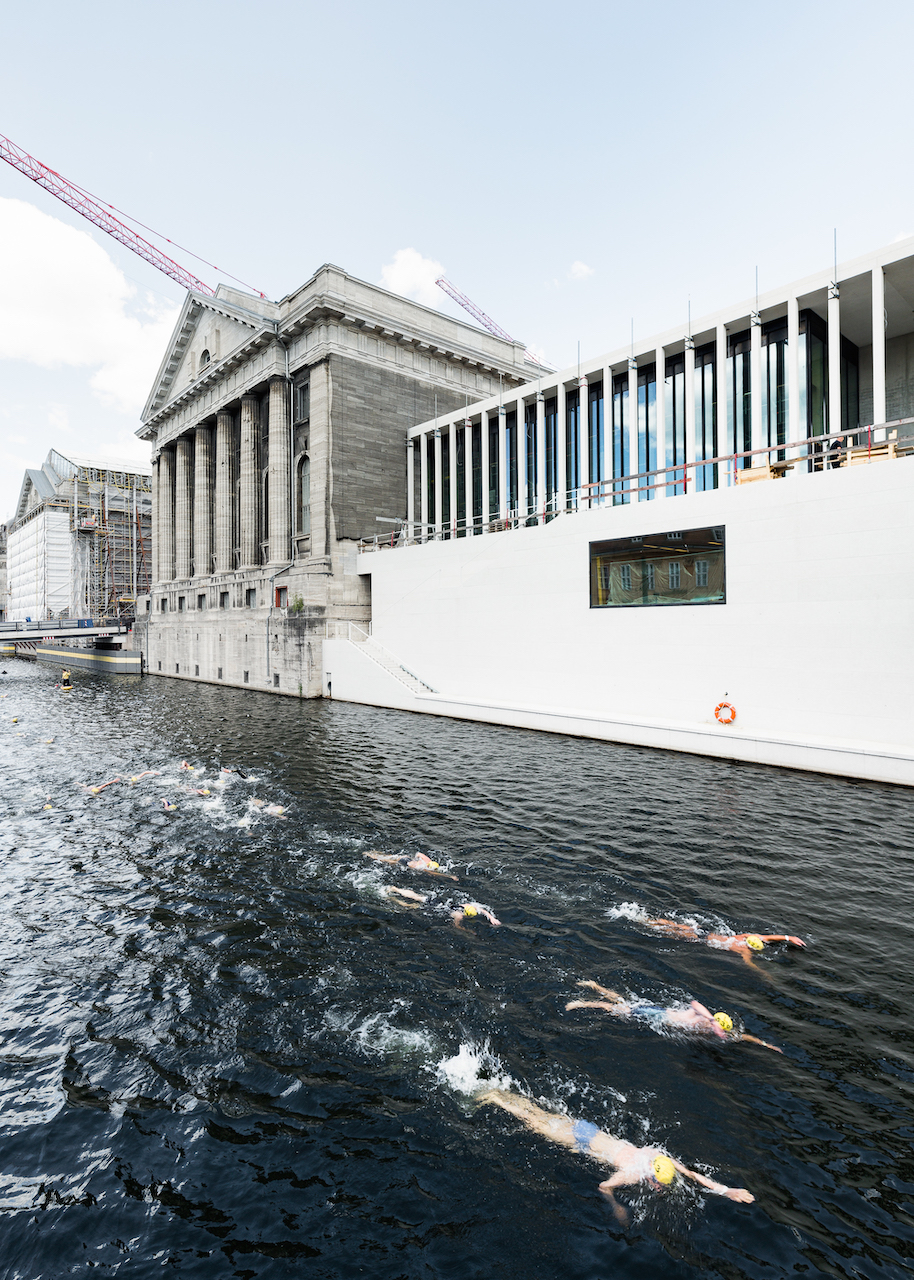
“Berliners swimming along the Spree is history and seems impossible? No it isn’t! Once a year swimmers go with the flow and back conquering the river along the waterfront of Berlin’s largest ensemble of heritage buildings – the Museum Island. The annual contest is organized by the registered association Flussbad Berlin e.V. and serves as a model for how the river can be reclaimed for the city. The goal is to make it accessible as a natural public space and thus improve the urban quality of life in the long term.”
Camera: Nikon
“Bansberia (बांसबेरिया) West Bengal India designed by Abin Chaudhuri” by Edmund Sumner
Edmund Sumner Photographer
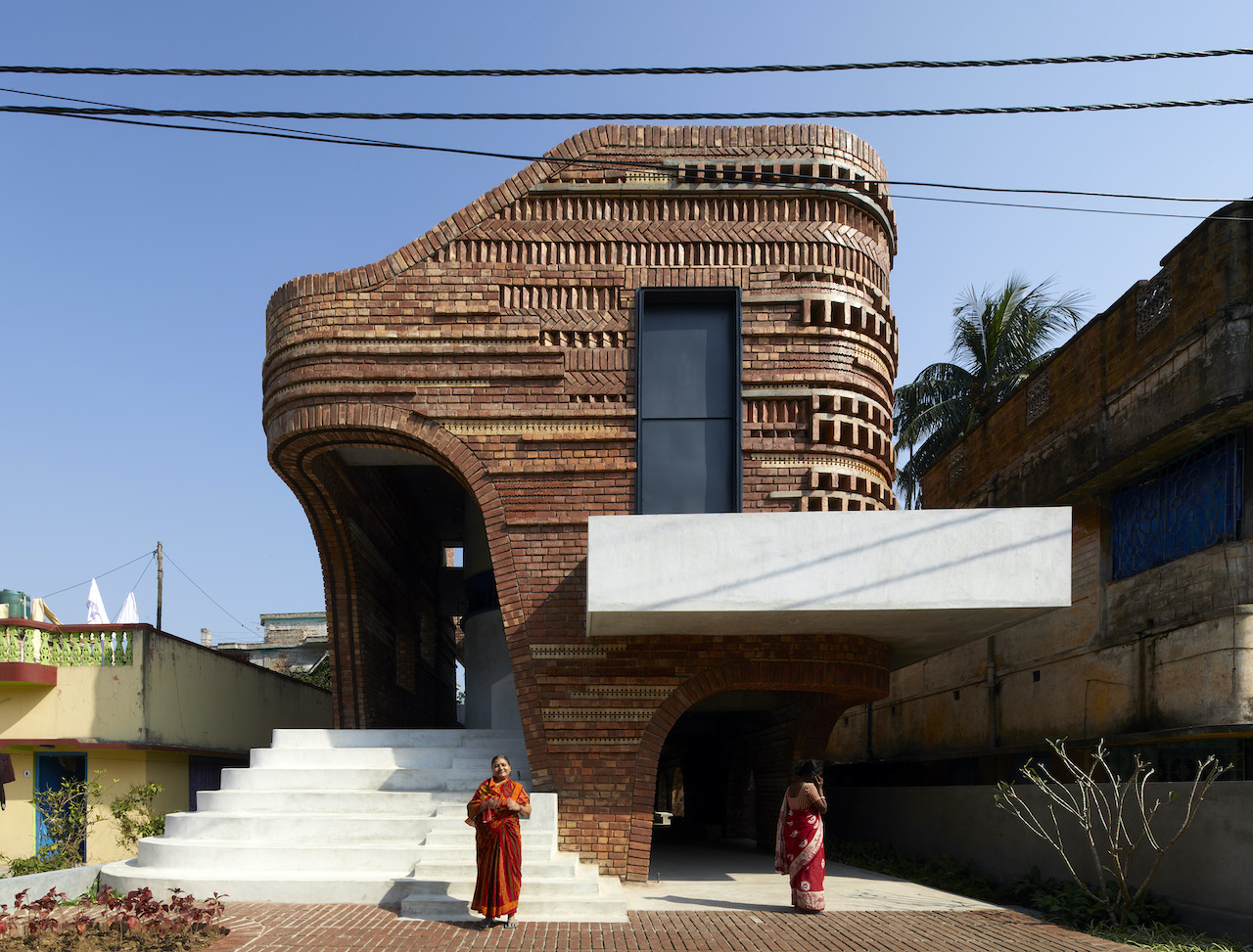
“I was working on a series of commissions in the architect’s home village which was charming with some of the friendliest people you could meet, a mix of traditional and contemporary architecture. The woman is the priest’s wife and custodian of the centre who I asked to be in a ‘architectural portrait’. The centre was designed and built on a pro bono basis, and the playful brickwork is the result of a collaboration with an artist.
What I like about this image is the look of pride and happiness its formal yet intimate, serious yet playful which somehow ‘mirrors’ the building itself. For me, in a sense the juxtaposition reflects the changing face of India a nation showing respect to the past but playful excitement for the future. Architectural photography can never replace the experience of visiting a building but if an image communicates the spirit of a space, it’s effective .”
Camera: Canon
“Eighty Mini Screens” by Tiffany Liem
Brookfield Properties
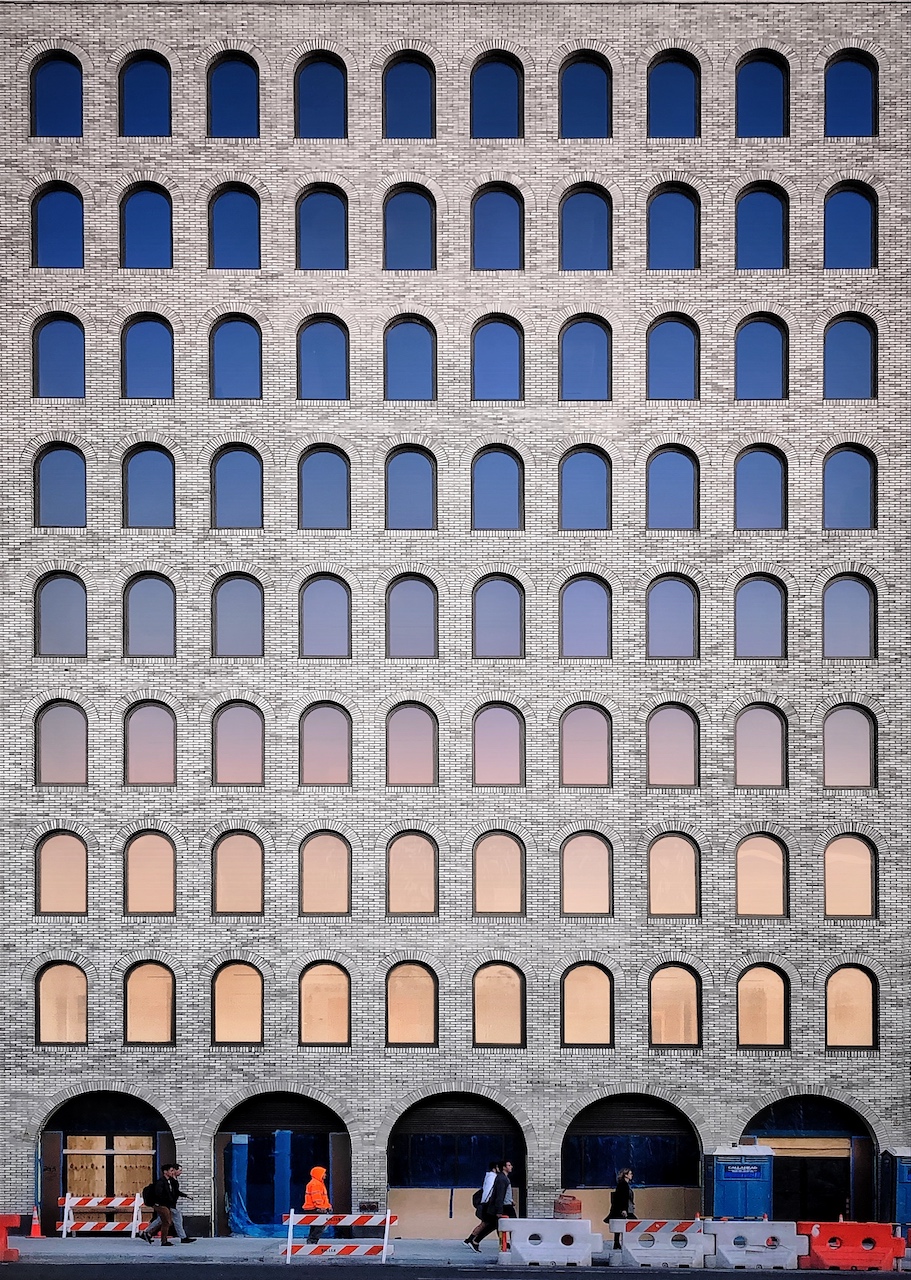
“I pause in my commute to watch eighty mini screens across the street. Each screen projecting a piece of the sun transitioning into night. I am the only one aware of this broadcast as other commuters shuffle pass me. But I continue to tune in as my eyes follow this melting orange glow. The top rows slowly flicker off, and one by one, each screen starts to turn black. My eyelids feel heavy. I walk home.”
Camera: Sony
“The Leaning Man (द लीनिंग मैन)” by Edmund Sumner
Edmund Sumner Photographer
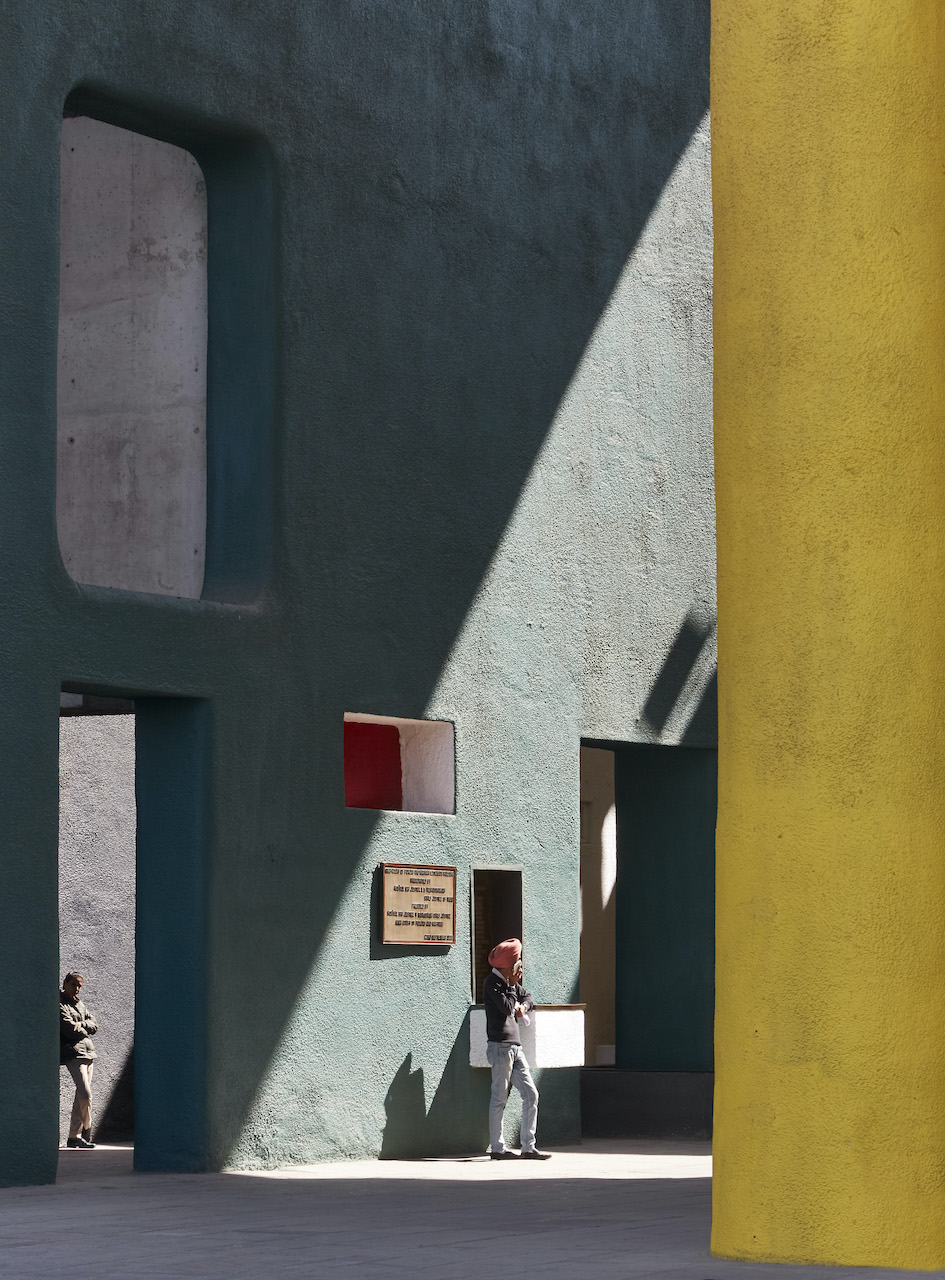
“The Leaning Man (द लीनिंग मैन) is an image taken at the High Court Chandigarh India designed by Le Corbusier I have been photographing Corbusier projects for many years and despite my best efforts I could only get access by joining a tourist tour, consequently I relied on candid handheld imagery with a long lens.
Almost immediately I found this liberating and was struck by this scene where the sun, shadow and architecture were in perfect alignment. I have long been a fan of the Hong Kong street photographer Fan Ho and who used strong shadow and solitary figures in a similar way, the title ‘the leaning man’ adds to the mystery and is also a reference to the infamous Falling man from the Twin Towers.”
Camera: Canon
“In a Bubble” by Matthew Buchalter
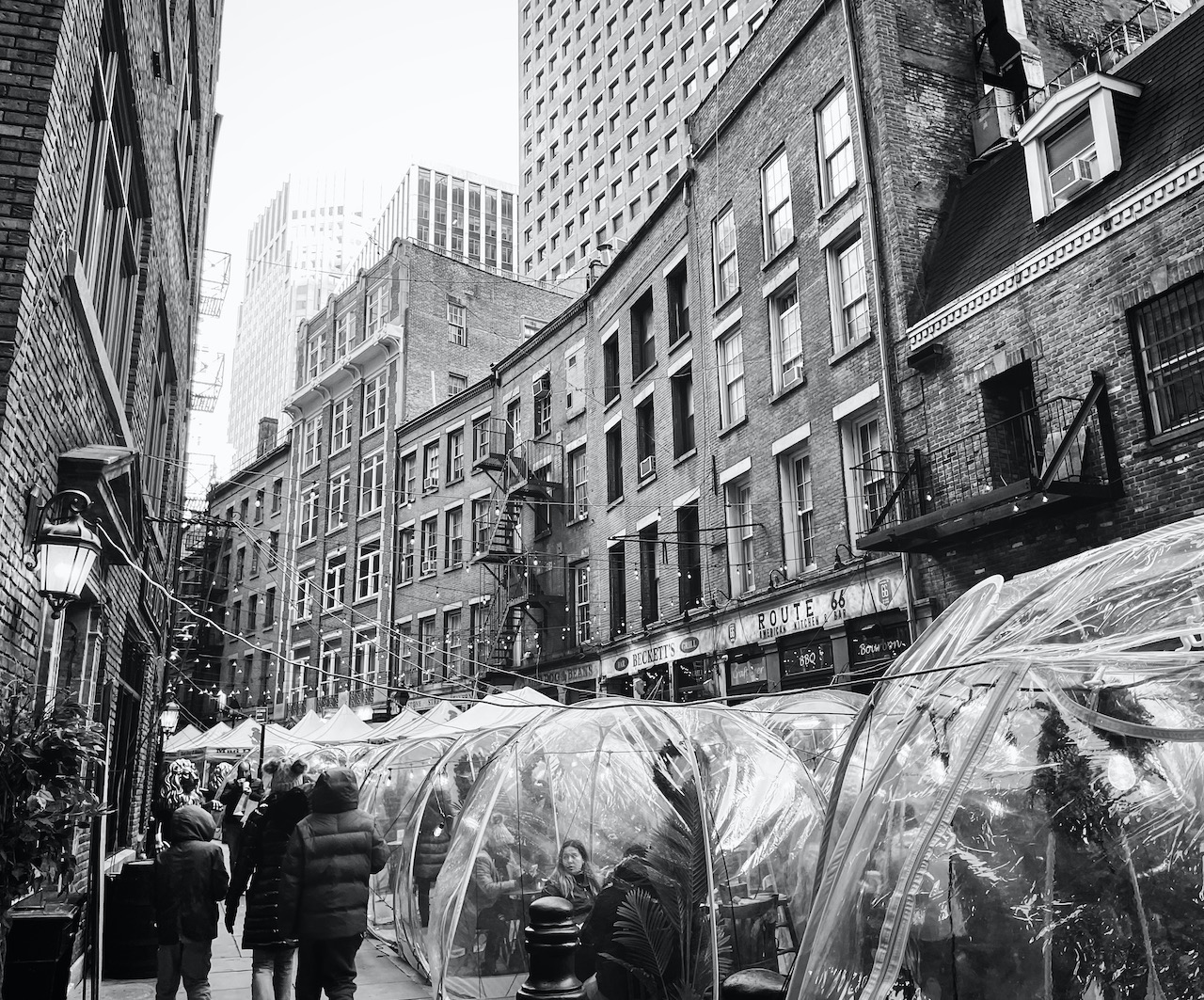
“This has been a year of finding new spaces. The inhabitants of the brownstones of old downtown New York could not have imagined that 200 years later, makeshift huts would be our way to find joy in the middle of a pandemic. Architecture is either built brick by brick methodically, or mutable – plastic and improvised. Over the centuries, New Yorkers have continually found new ways to adapt. We always celebrate life – whether in permanent or temporary structures.”
Camera: iPhone
“Through the silence” by Fábio Peixoto

“The new wing of the Swiss National Museum, in Zurich, designed by the architects Christ and Gantenbein, created an interior courtyard which is accessed by this huge triangle that cracks the simple and opaque shape. This language between the old and the new building, confrontational, joins in this void created, a space that embraces those who walk through it and removes it from the frenzy of the museum’s surroundings, the high roads, trains, visual confusion and it places us in a transcendent space, of comfort, of silence and that invites us to stay, to appreciate this protection to the sound, the wind, the visual confusion. A small oasis into the city where we are attracted, as this woman was, may be fascinated or absorbed however quite calm.”
Camera: Nikon
“Expo’98 Portuguese National Pavilion” by Tomáš Hejzlar
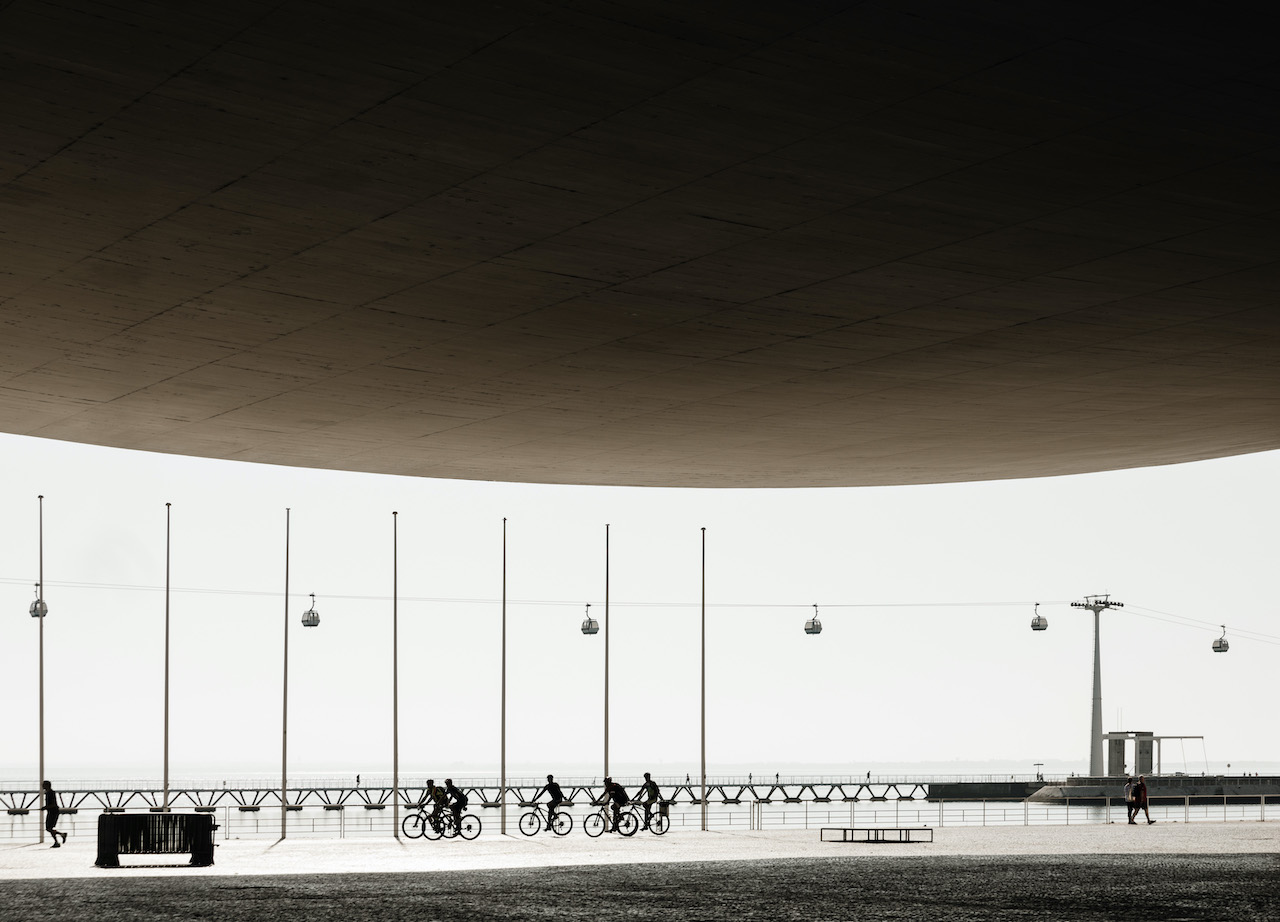
“My first impression of Lisbon. People riding bikes, running or just walking under the canopy of Álvaro Siza`s Expo’98 Portuguese National Pavilion illuminated by the fresh light of late morning sun.”
Camera: Canon
“Running To Safety” by Mazher Udaipurwala
Cleveland Institute of Art
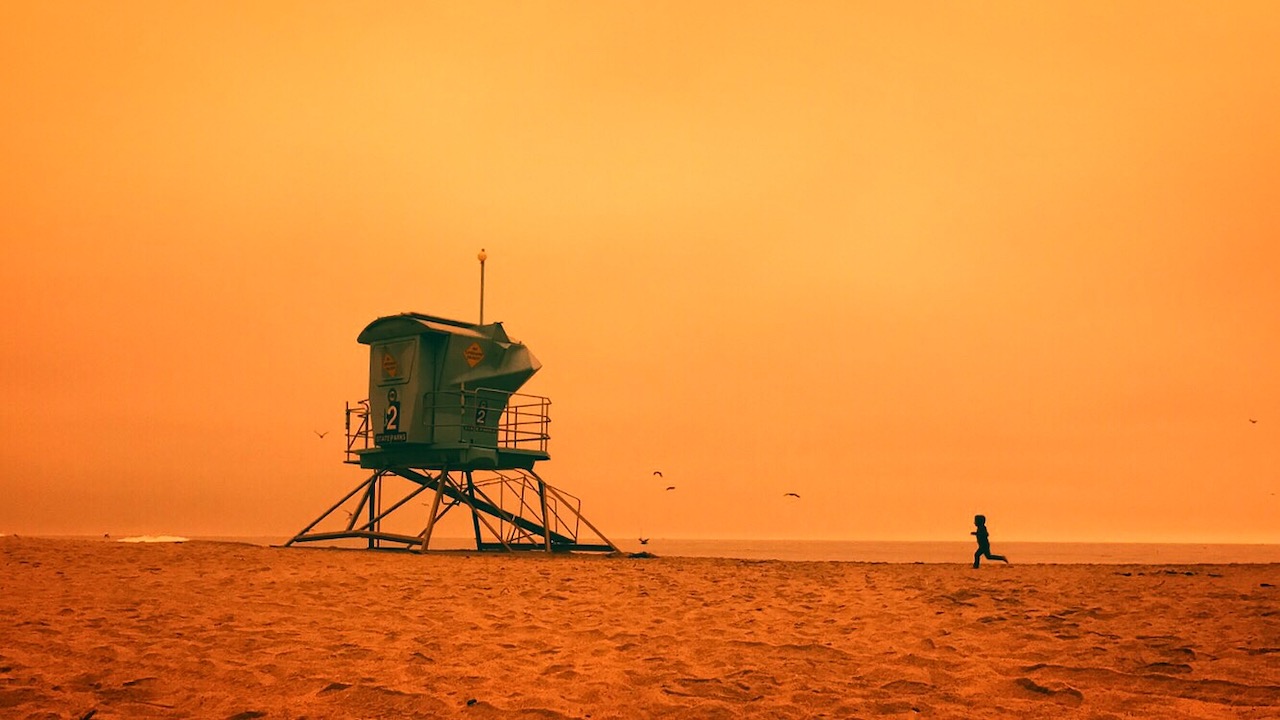
“This photo was taken during the wildfires that broke out in Northern California late in 2020. The world had gone 6 months in complete lockdown. Many folks lost their homes and other property, leaving them with nowhere to go. This photo was taken moments before I received a phone call from my friends who had gone on a road trip, to go to their house and evacuate their two cats, important documents, and other things necessary for their livelihood. This photo was taken on a beach in Santa Cruz, California, where you see a kid running towards a lifeguard tower. In reality, the child is running to his mother (not in the frame) calling out to him so they can get home to start evacuation. The orange hue, caused by the wildfires, fills the frame, while the baby blue lifeguard tower contrasts the environment.”
Camera: iPhone
“Washing The Modernism” by Ivane Katamashvili
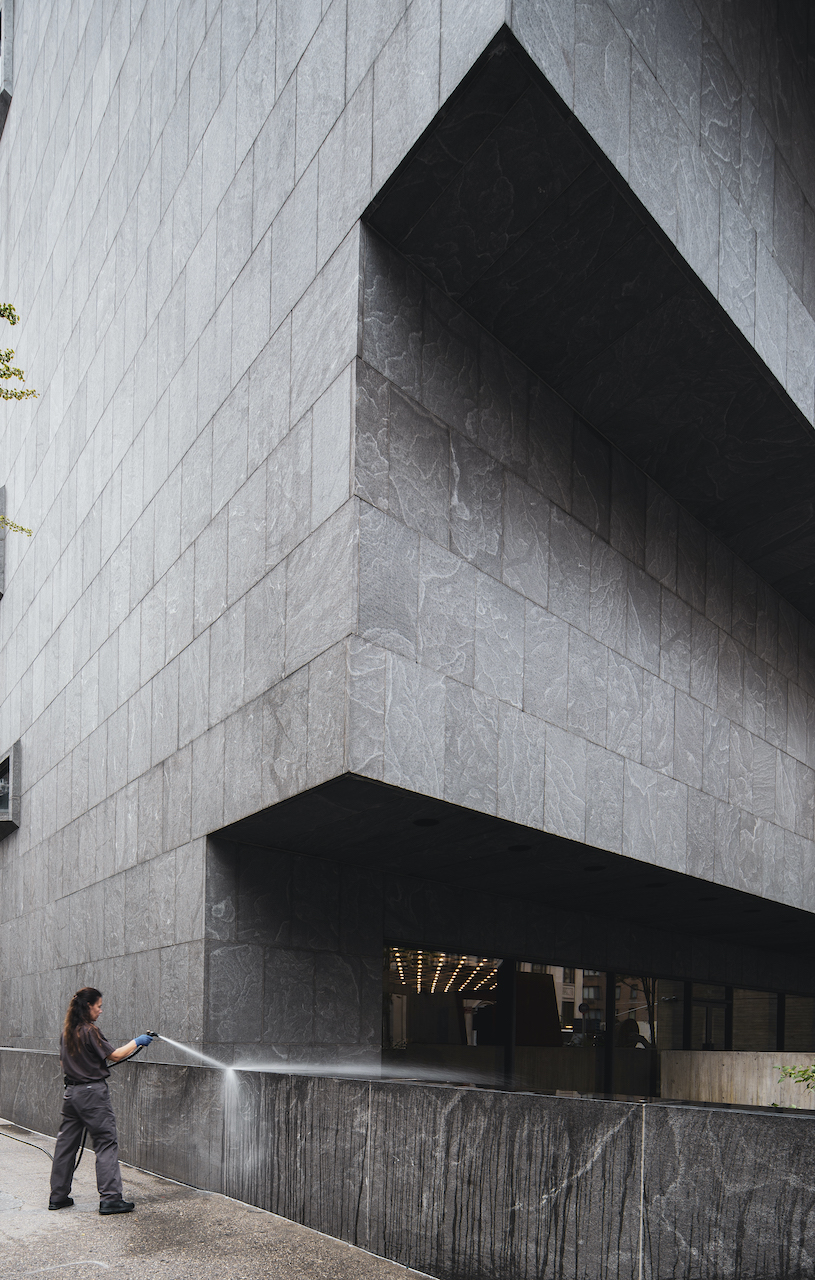
“I’m not really great in story telling by words but I can do better job in Photographing these stories. Usually I like to photograph early mornings as people are acting very unusual way, Image I shot is famous modernist building by Marcel Breuer, I named it “Washing the Modernism” because, as a style, modernism has always looked very brutal, impressive and strong, but in reality it was lacking practicality or human relationship, in real world where you have lots of things and sometimes it is impossible to be as minimal as architects want us to be. This photograph is expressing that, yes!, you can break the rules, there are no limits in art and architecture, even thou architect gave us building as it is, it can always live different life in reality.”
Camera: Canon
“Boy Before Heydar Aliyev Centre” by Brandon Wang
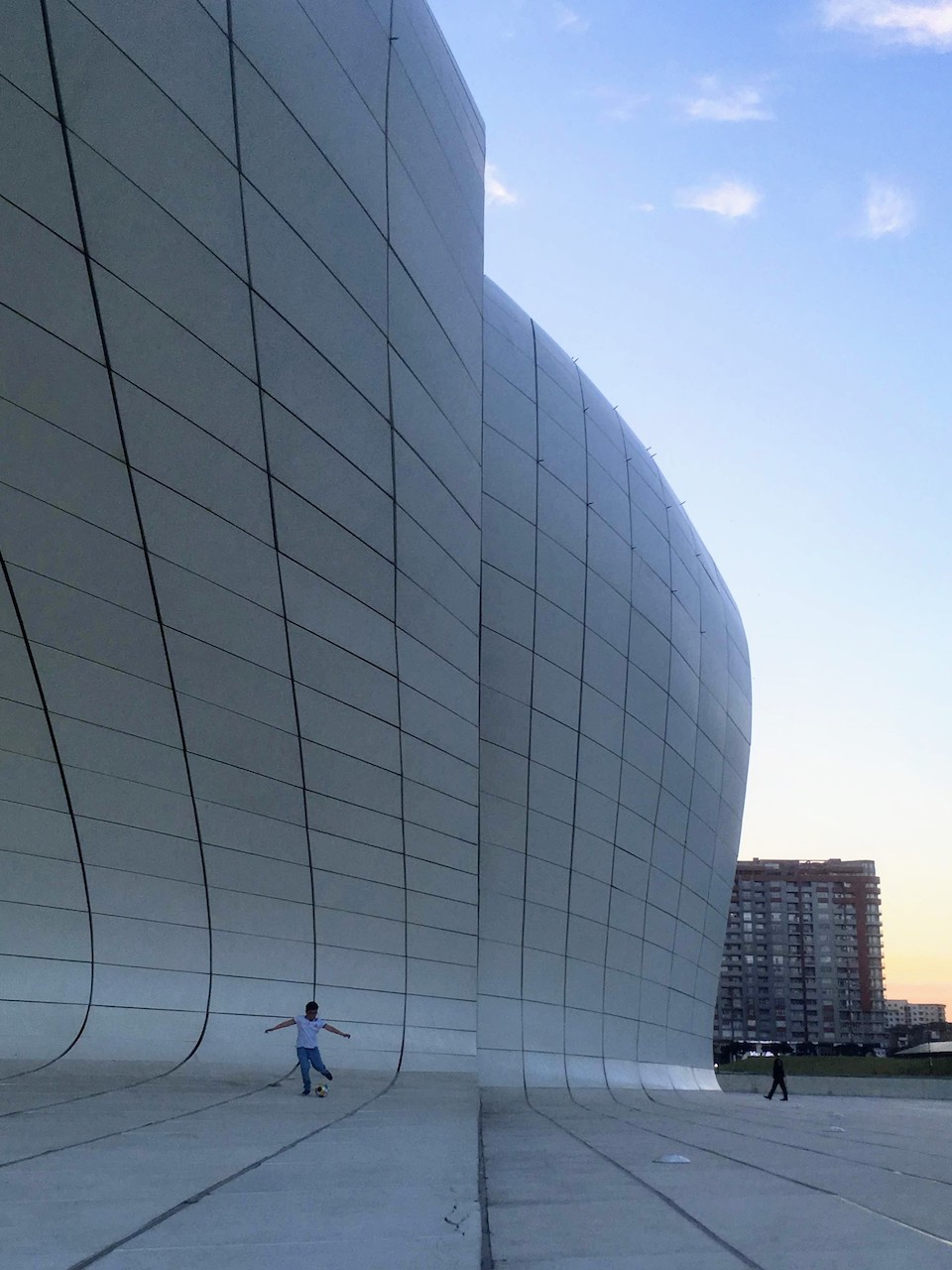
“Shortly after arriving in Baku, Azerbaijan, I made the trip to see the Heydar Aliyev Centre. The monumental building and its surrounding grounds were vibrantly activated with families playing and picnicking. In addition to the cultural significance of the building itself, the landscape provides an expansive public space for people to gather, play sport, and enjoy civic life.
This boy, the subject of the photograph, was playing soccer with his family directly on the part of the building that extends outward to become the ground. His white shirt and shiny soccer ball blended well with the concrete building, his pants complemented by the blue sky. At one point, the ball got knocked away and he chased it down. As I crouched to take my shot, he looked up to his family, composed his stance, and kicked.”
Camera: Google Pixel
“The Photographer” by Manuel Mosquera
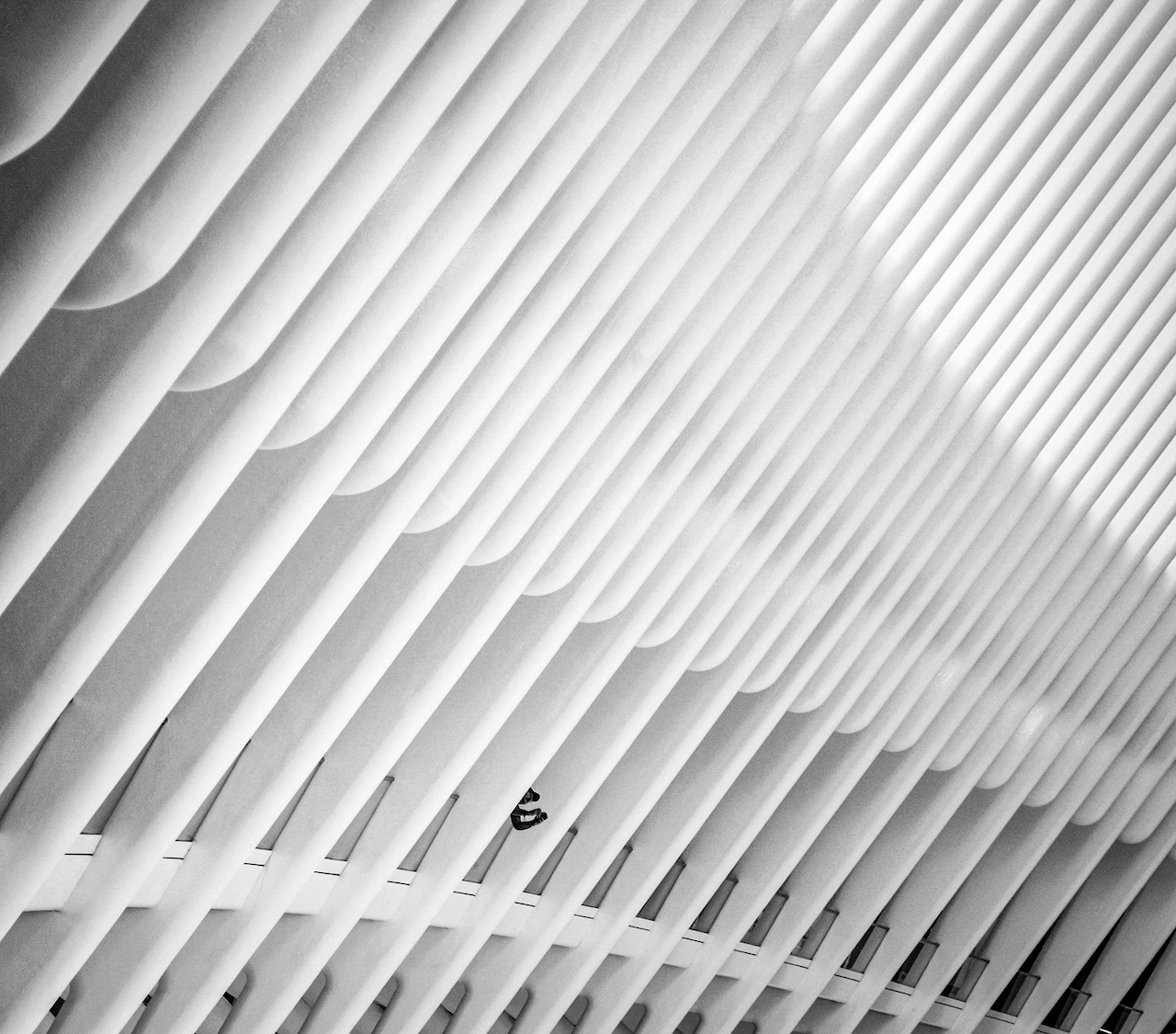
“For a long time, I searched for pictures without people, to take a building on its own magnificence. It was a process to understand the importance of the human figure inside the frame of a picture. That moment when architectural photography gets mixed with an “easy mode’ photojournalism is, for me, the highlight where architecture, user and photography get together. I took hundred photos of the World Trade Center Station avoiding the waves of people until I saw what was going on. Beyond symmetry or level, this quick photo represents the user, the enjoyment, the architecture, and the artist.”
Camera: Nikon
“Dancing girls under the bamboo clouds” by Zhewei Su
Arch-Exist photography
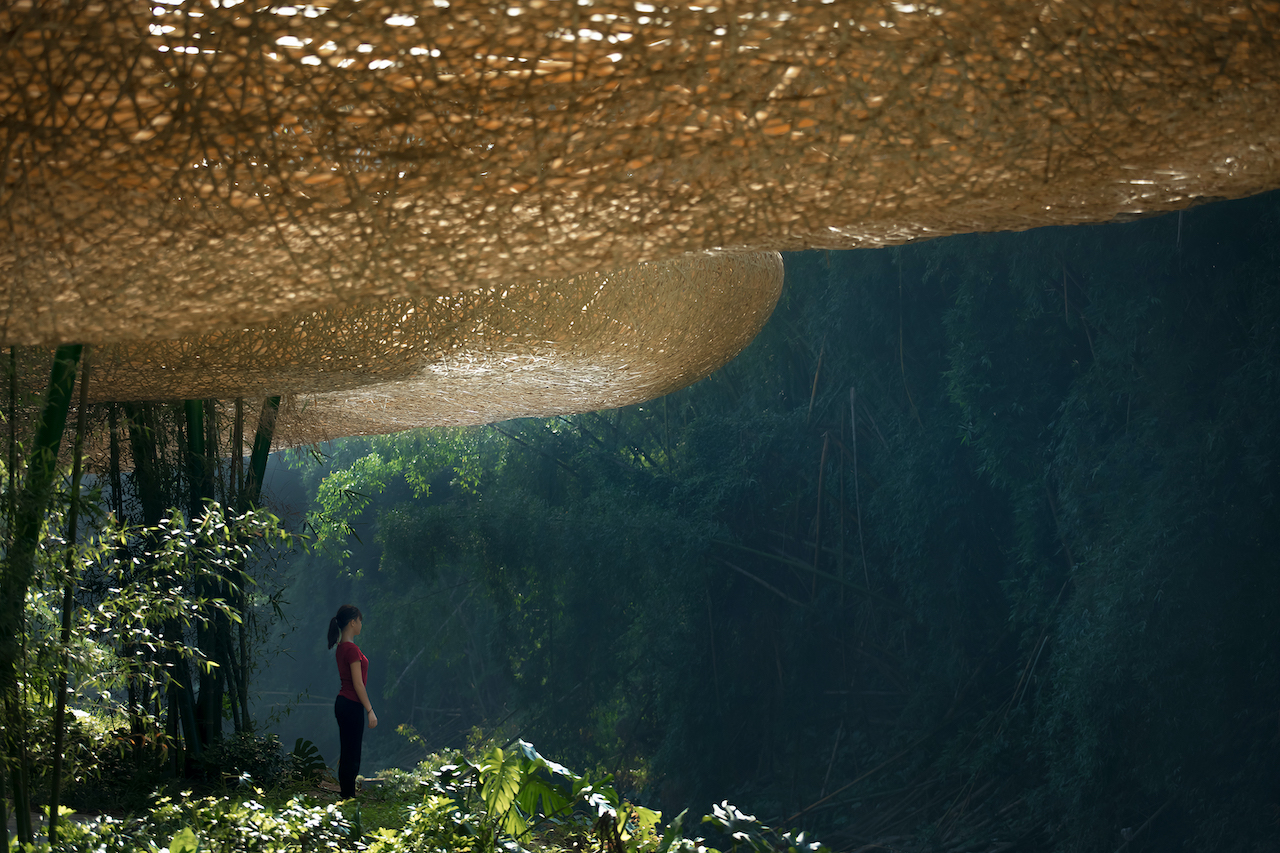
“Han Xiao Liu, a young Chinese architect, designed a bamboo shade for local residents in the humid and hot mountainous area of southern China. He made this large structure out of local bamboo. The bamboo roof covers the rain and sunshine in the rainy season, and there is flowing air around.
I photographed this cloud like structure in the hottest season. It happened that the girls from a dance school nearby were resting and playing here. It was a very sultry afternoon. Suddenly, I found one of the girls was looking at the bamboo forest which fell down due to overgrowth. I held my breath and quickly pressed the shutter. Everything was as quiet as a poem at that time.”
Camera: Canon
“Speaking through Walls” by Abby Katcher
Abby Katcher Design
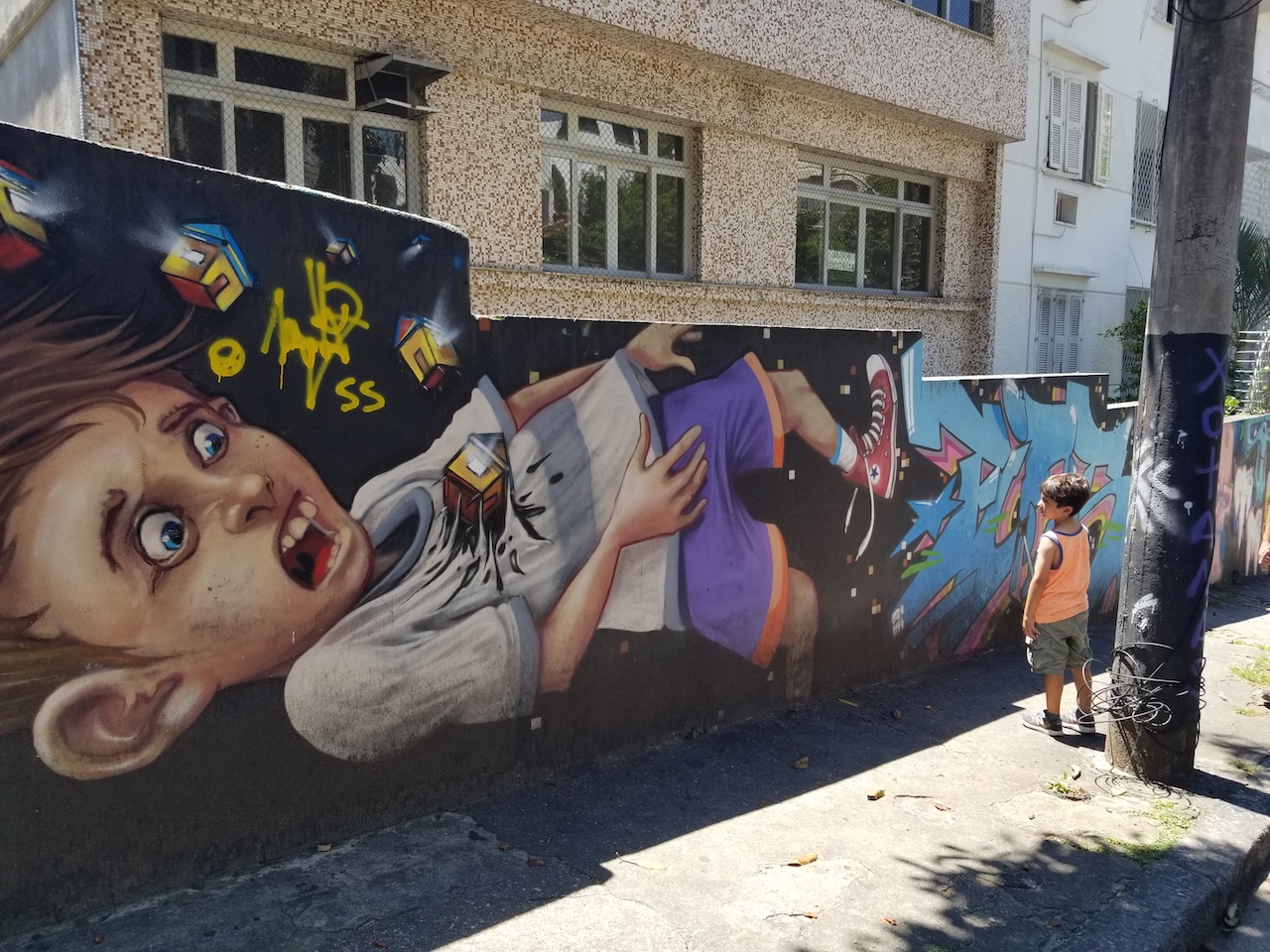
“For as long as humans have existed, they have utilized architecture for public communication. Cave dwellers expressed beliefs through wall paintings, Egyptians covered surfaces with intricate hieroglyphics, and the residents of Pompei decorated their homes with lavish frescoes. In the Santa Teresa neighborhood of Rio de Janeiro, Brazil, shown in this photo, murals create a public gallery, contributing to the revival of a neighborhood that had lost its status.
Buildings are not always pristine works of high architecture that cannot be touched, but may also be shaped by the public to express a community’s deepest thoughts and feelings. In this image, I believe the artist is illustrating the transition to adolescence. A house leaps out of the boy’s chest, as he separates from the shelter of childhood and is electrified with emotions. My young son looked back at the mural and began to comprehend his future, written on the walls.”
Camera: Samsung Galaxy
“The gate to a magical land.” by 易暹 李
YHLAA
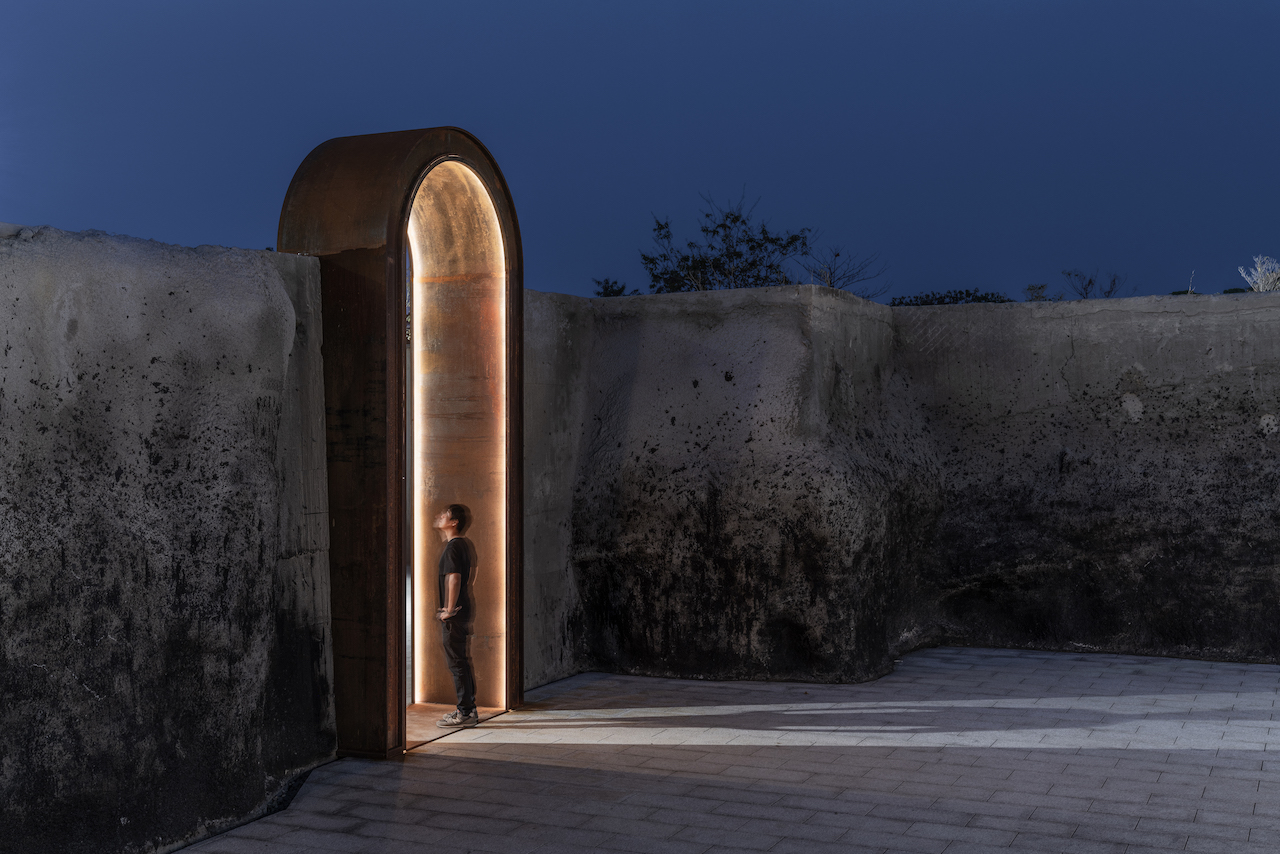
“This was an abandoned sugar factory. The government wants to use the waste of sugar making to make papers. This whole project failed, and the site was buried to cover the mistake. Students can’t find this information in any history textbooks.
One day, this land is open for public, and remake it to a park. The architects discovers the site while digging. After throughout research, they decided to change the original design. They want to preserve this whiteness of history. The wall is where the factory dumped the sugarcane bagasse. Going in the gate, people get to explore and discover history facts, and have the opportunity to touch the texture of history.
This is the first project using this method for historical preservation, also a huge step on public facility.”
Camera: Other
“Skyspace by James Turrell at Fundacion NMAC” by Christophe Prosper Rammant
Talk Carpet
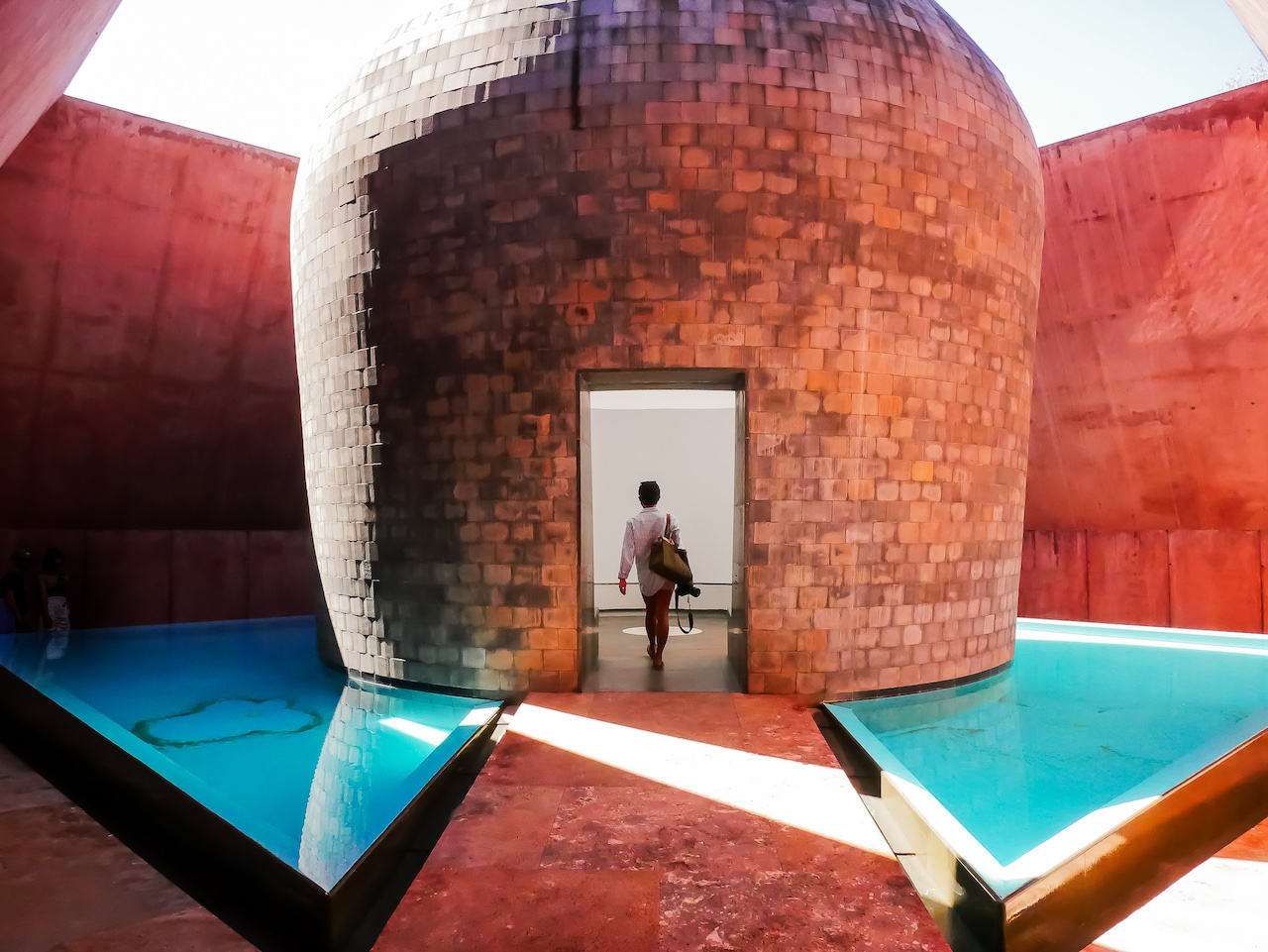
“The Secondwind artwork by James Turrell at Fundacion NMAC examines the way in which we perceive light. He isolates our ability to examine our light perception and makes us rediscover light through his architectural installations. The piece is located underground, by entering an inner pyramid through an obscure tunnel. Inside, a stone stupa is surrounded by a pool. The passageway into the stupa leads to a space with a circular hole in the sky, inviting users to sit down and perceive the light.”
Camera: Canon
“Greet The Day” by Piet Niemann
Architectural Photographer Piet Niemann
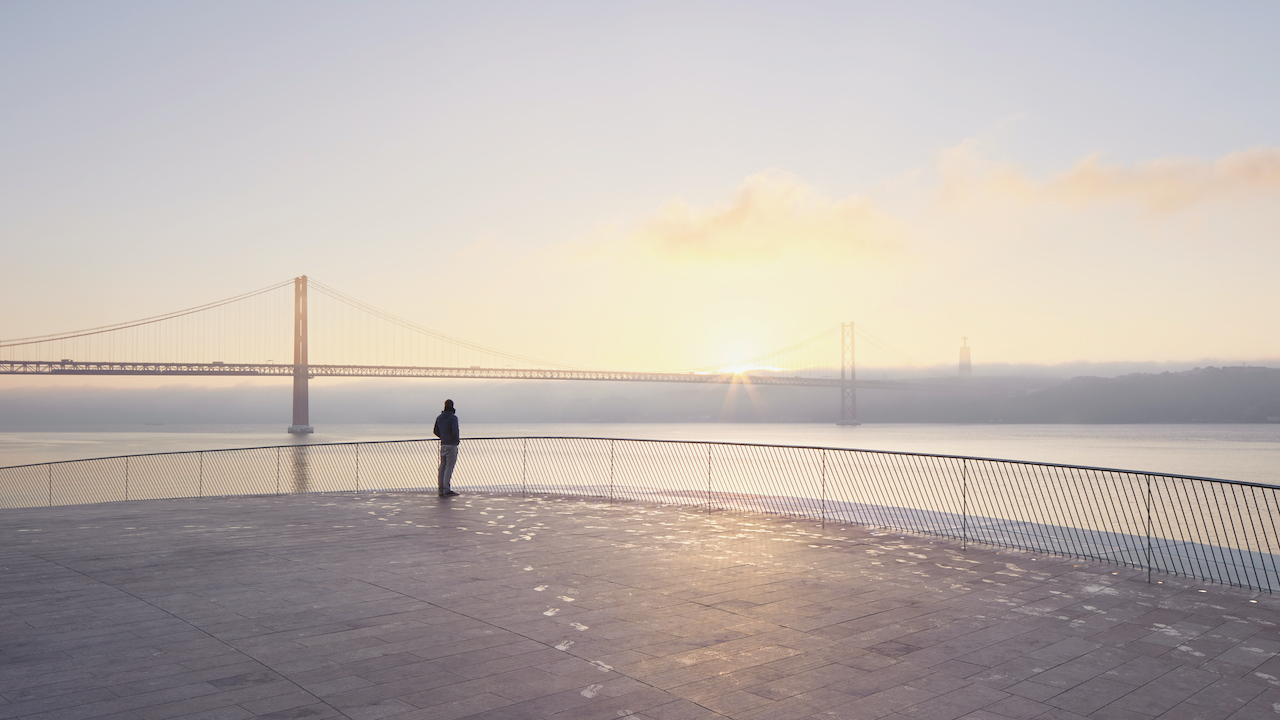
“Proposing a new relationship with Lisbon’s Tagus River and its wider context, the Museum Of Art, Architecture And Technology (MAAT) by Amanda Levete architects / AL_A is a powerful, sensitive and low-slung building that explores the convergence of those three distinct fields.
The architecture’s fluid morphology integrates smoothly into its environment and offers a fully accessible, vast roof – creating a plaza-like feeling and is also a viewing platform for visitors, providing an expansive view of Lisbon’s landmarks. There is a spectacle going on every morning, where people come on purpose to catch the first sunlight – and greet the day.”
Camera: Canon
“Mid-Century (birds)” by Lisa Stinner-Kun
Conceptual Artist
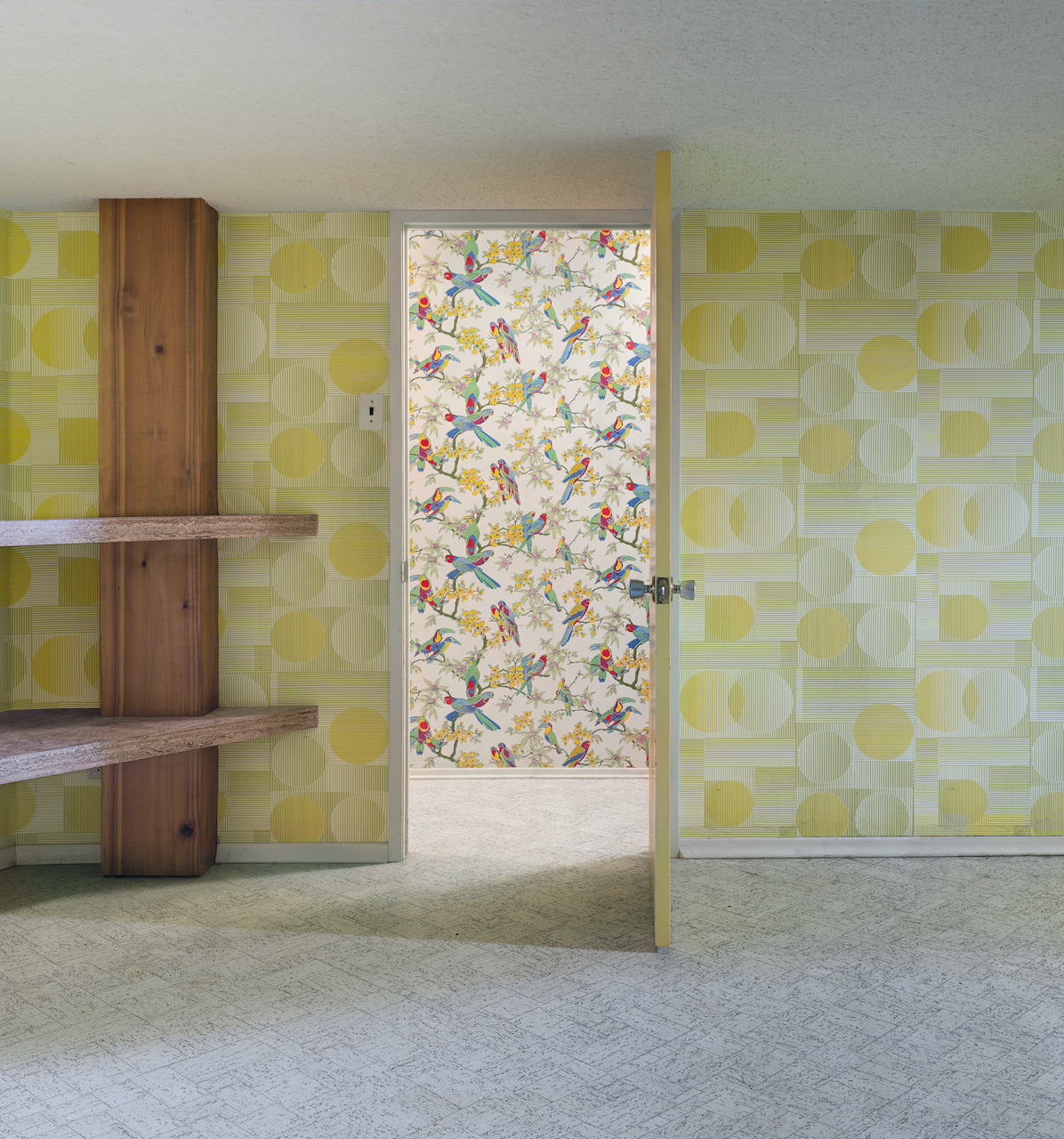
“This photograph is from a new project titled Mid-Century Modest. In these photographs I’m focused on the tension felt between a simultaneous longing for the past and a yearning for the future. This contrast can be seen in the photographs while comparing the appearances of patina and nostalgia (referencing the current romance that many people feel for mid-century modern homes) to that of the modern functional design (referencing the original intent of this architecture, which was to break-away from nostalgia and old-fashioned ideas, in a reaction to horrific world events – such as WWII). I’m concerned with how the passage of time can change the cultural interpretation of a built environment.”
Camera: Pentax
“The Arts Centre of Alcobendas – Giving the arts a high profile.” by David Spence del Valle
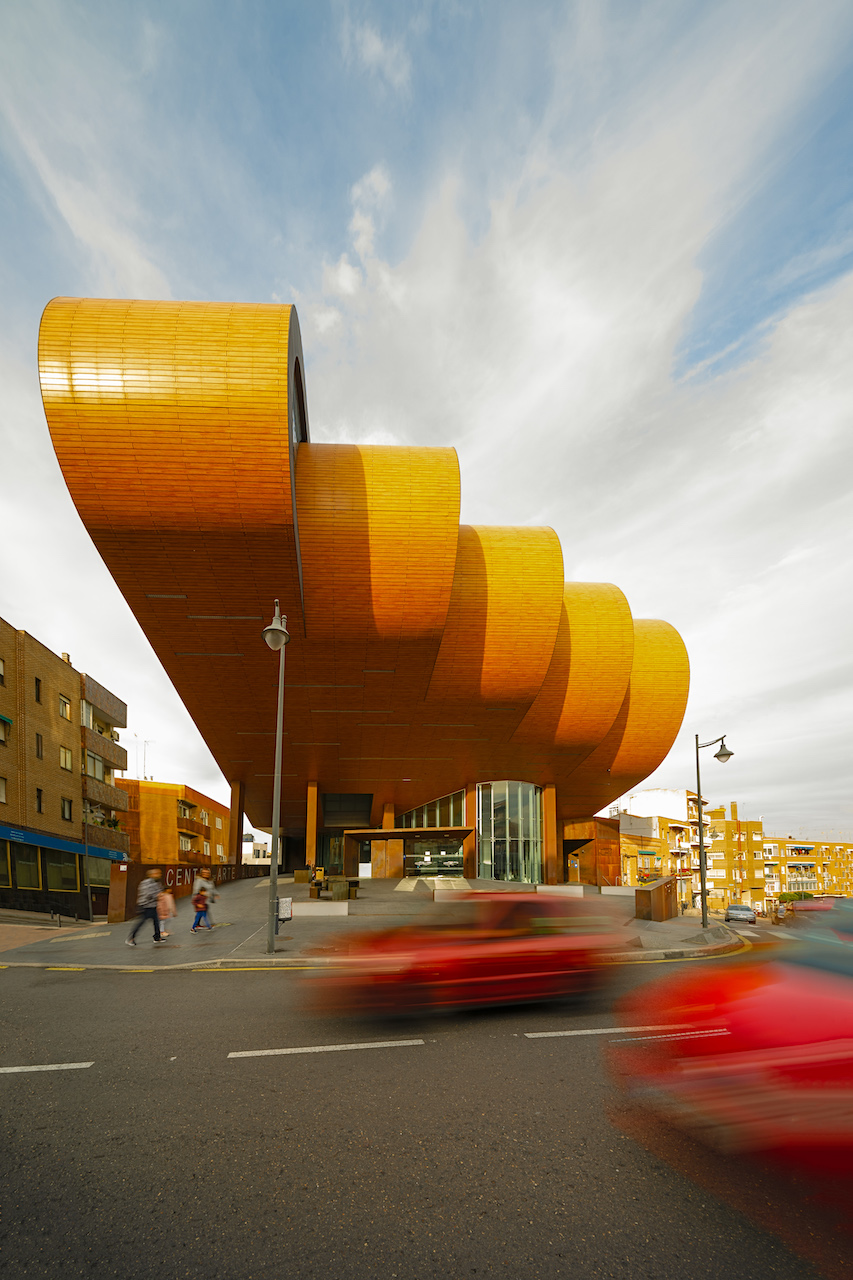
“Isn’t this building just impossible to ignore? It is one of the most eye-catching structures in the Spanish town of Alcobendas. As soon as you walk in, you will feel the buzz. There is an almost palpable sense of enthusiasm and love of culture in all its forms. Inside, you will see people of all ages engaged in a wide range of activities. The centre provides great classical and contemporary music, superb collections of photography, art exhibitions, classrooms and a multimedia library. The building itself boasts ecological features, such as photovoltaic panels and a rooftop garden.
The point of my photograph is to show that this striking building occupies a prominent position in the town, reflecting the view that cultural activities should be a major part of our lives. The people of Alcobendas agree. Congratulations, Alcobendas!”
Camera: Sony
“Architecture and Nature Aligned” by Alex Nye
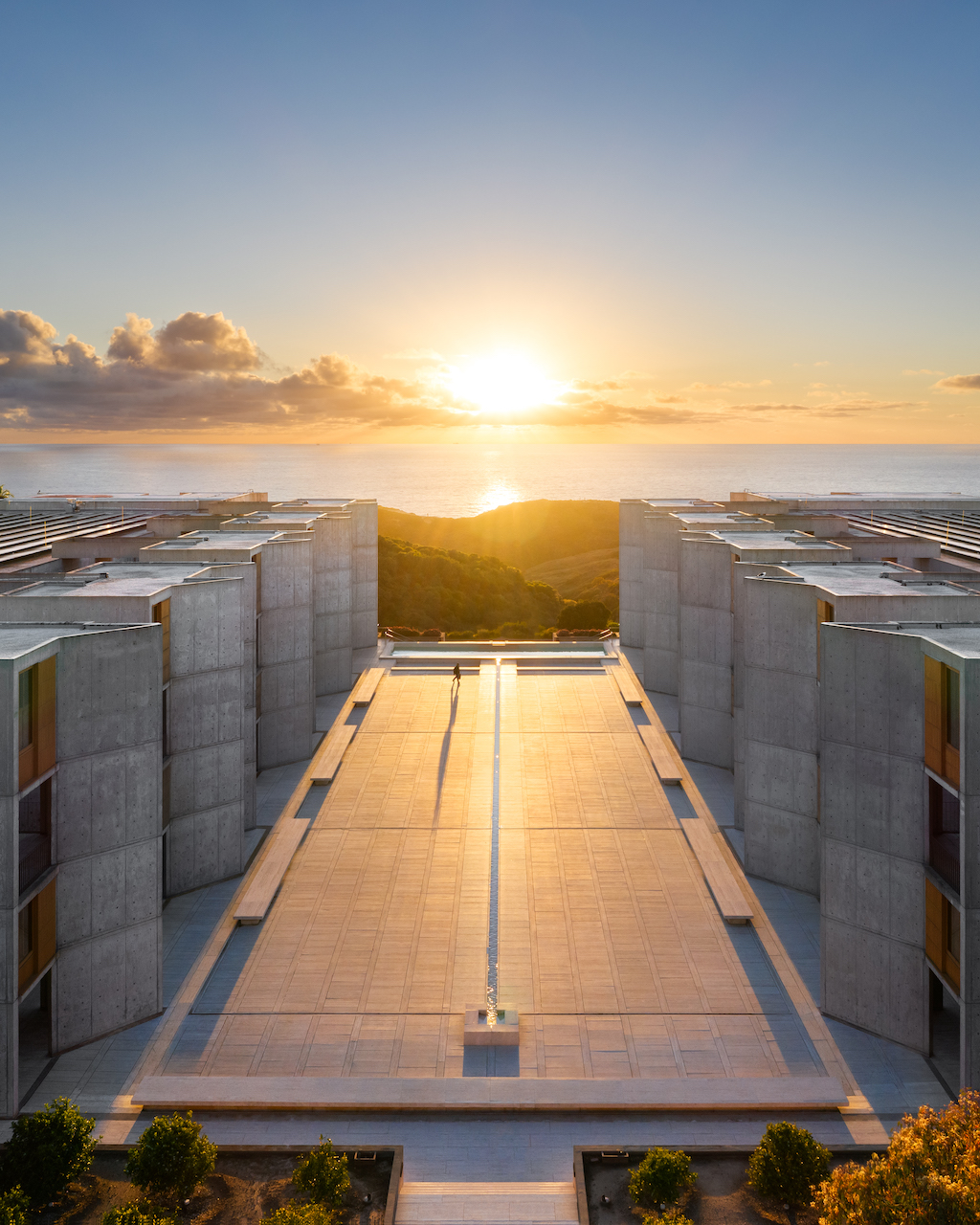
“This is a beautiful and poignant example of how humans are inspired by nature, both in structural design and humanitarian purpose. The Salk Institute is an icon of San Diego by architect Louis Kahn. Designed in harmony with the equinoxes, twice each year one can stand in the middle of this courtyard and see the sunset perfectly aligned between the symmetrical buildings while looking out towards the ocean.
This site’s larger significance is its dedication to scientific research for the good of humanity. The institute was established by Jonas Salk, the developer of the Polio vaccine. This image was captured in March of 2020 as the world faced another deadly virus pandemic. One year later on the spring equinox, millions have been inoculated thanks to incredible scientists, like Salk, inventing vaccines for humanity.”
Camera: Other
“Window Washer” by Derek Wasylyshen
Delft University of Technology (TU Delft)
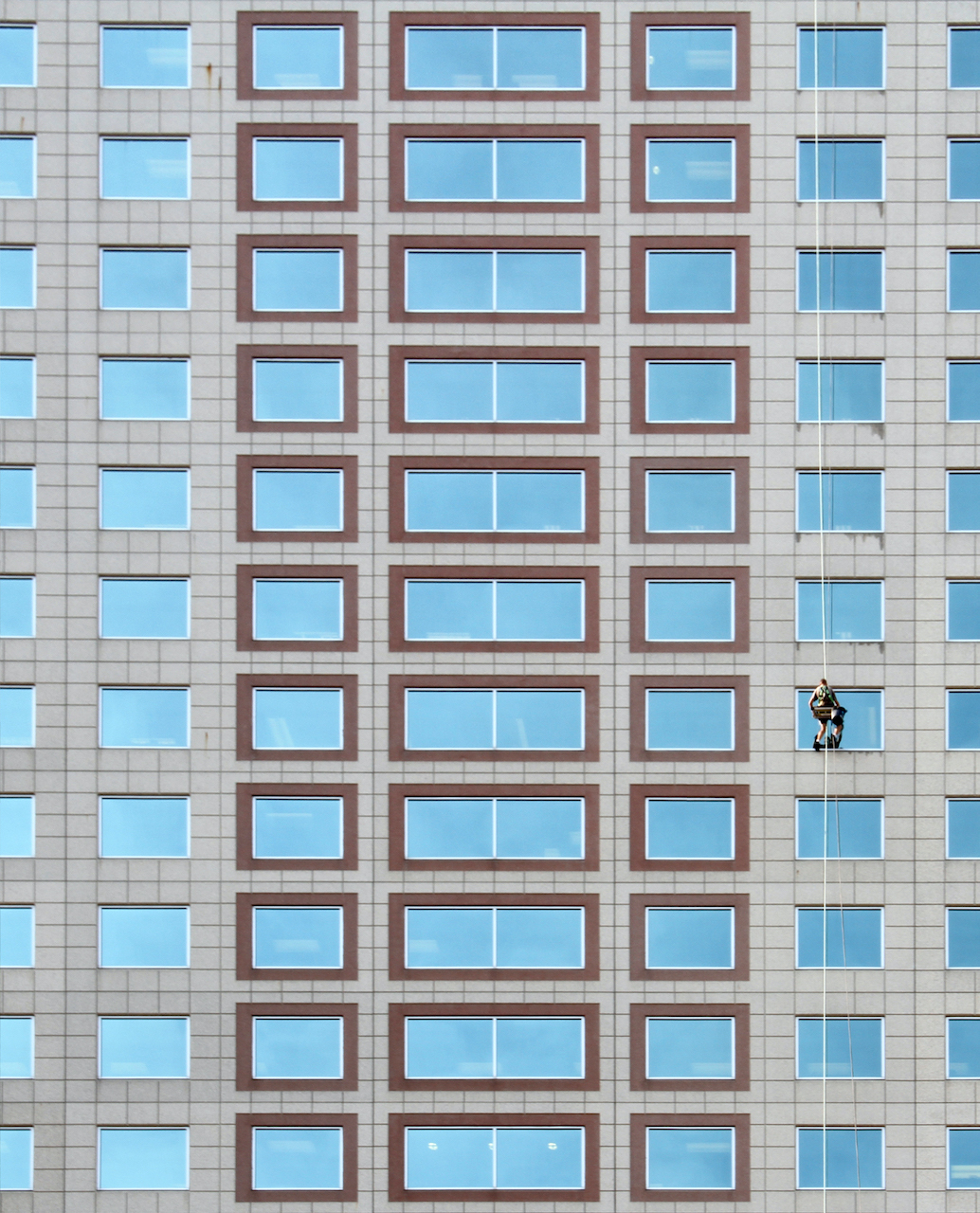
“High-rise buildings are often differentiated by their façades, whether it be color, material, geometry, scale, or even function. Large towers often make the most of their elevated views by incorporating different means of glazing to promote inhabitant perspective, comfort, and building performance. As buildings become much more complex and larger in scale, the maintenance of the buildings skin is a work of art in itself.
Here, a window cleaner can be seen washing the 24th floor windows of the 201 Portage building in Winnipeg’s city center. The window washer is suspended from the top floor using only a bosuns chair – a seated plank that allows them to perform their job with a degree of safety and comfort. It is both fascinating and rare to see these skill workers coordinate and operate at such vulnerable heights and conditions, even though to them it is just “another day at the office.””
Camera: iPhone
“Faces” by Xavier L’Hoir
UCLouvain LOCI Bruxelles
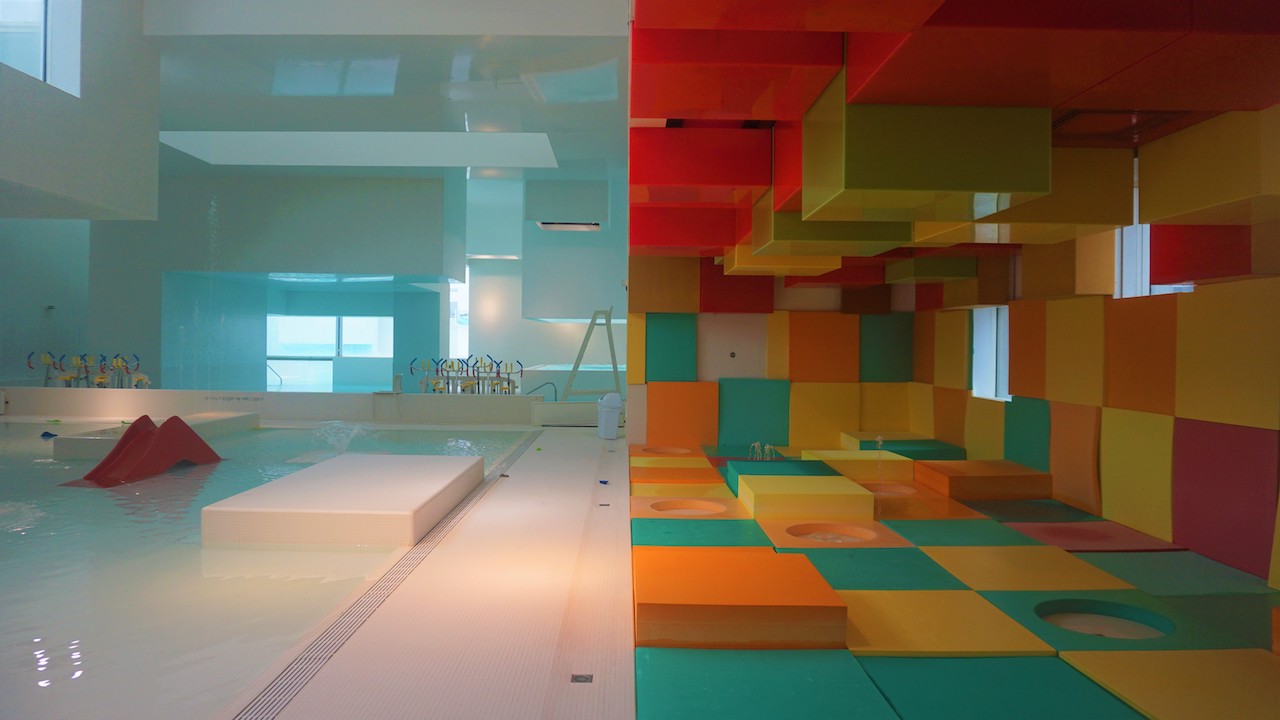
“Two worlds face each other: the first one naive, childish, colorful, the second one dull, misty, uncertain… The picture freezes a moment, like a pause in time, a period that we regret and would like to relive. This moment was captured 5 days before the global pandemic. Who could have guessed the world we were leaving, towards this fragile and gloomy future. As if this portrait foreshadowed the black swan: Greatness and decadence.
Photo taken on March 11, 2020, the last time I heard children laughing, under the loving gaze of their parents… Swimming pool ‘Les Bains des Docks’ by Jean Nouvel – Le Havre – France.”
Camera: Sony
“Milano Centrale, 2020” by Stephan Alessi
Stephan Alessi Studios
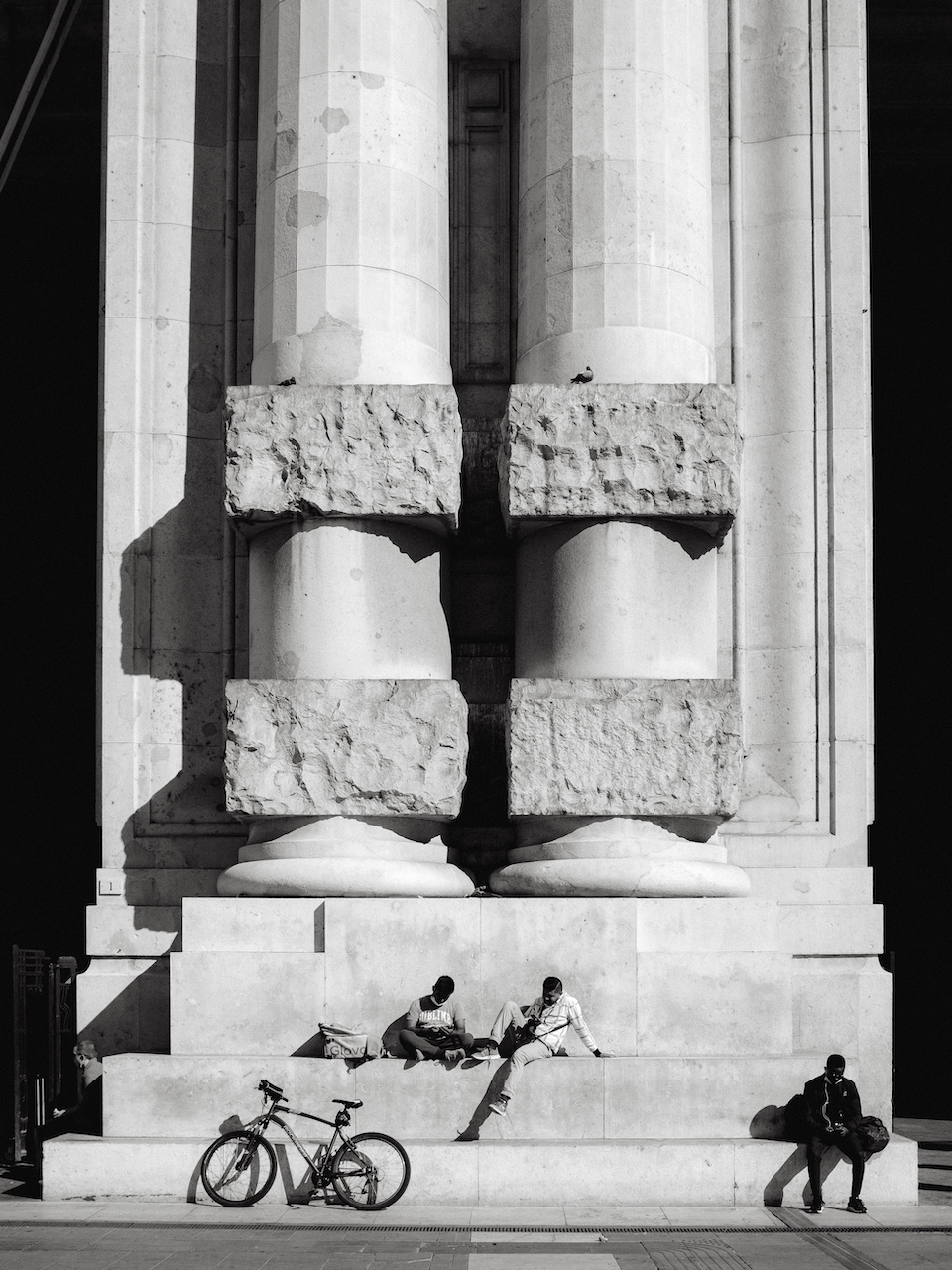
“What captures my interest in this photo is the juxtaposition of the enormity of scale of the Stazione Milano Centrale with the people who actually inhabit it. The station is a symbol of the Italian fascist regime, and its huge, monolithic design is contrasted here with the casualness of the delivery workers who use it as a place to rest. This image tells a story of the differing visions of those who commission, design and build monumental architecture, and those who may inhabit it generations later.”
Camera: Fujifilm SLR
“Resilience” by Annette Schimanski
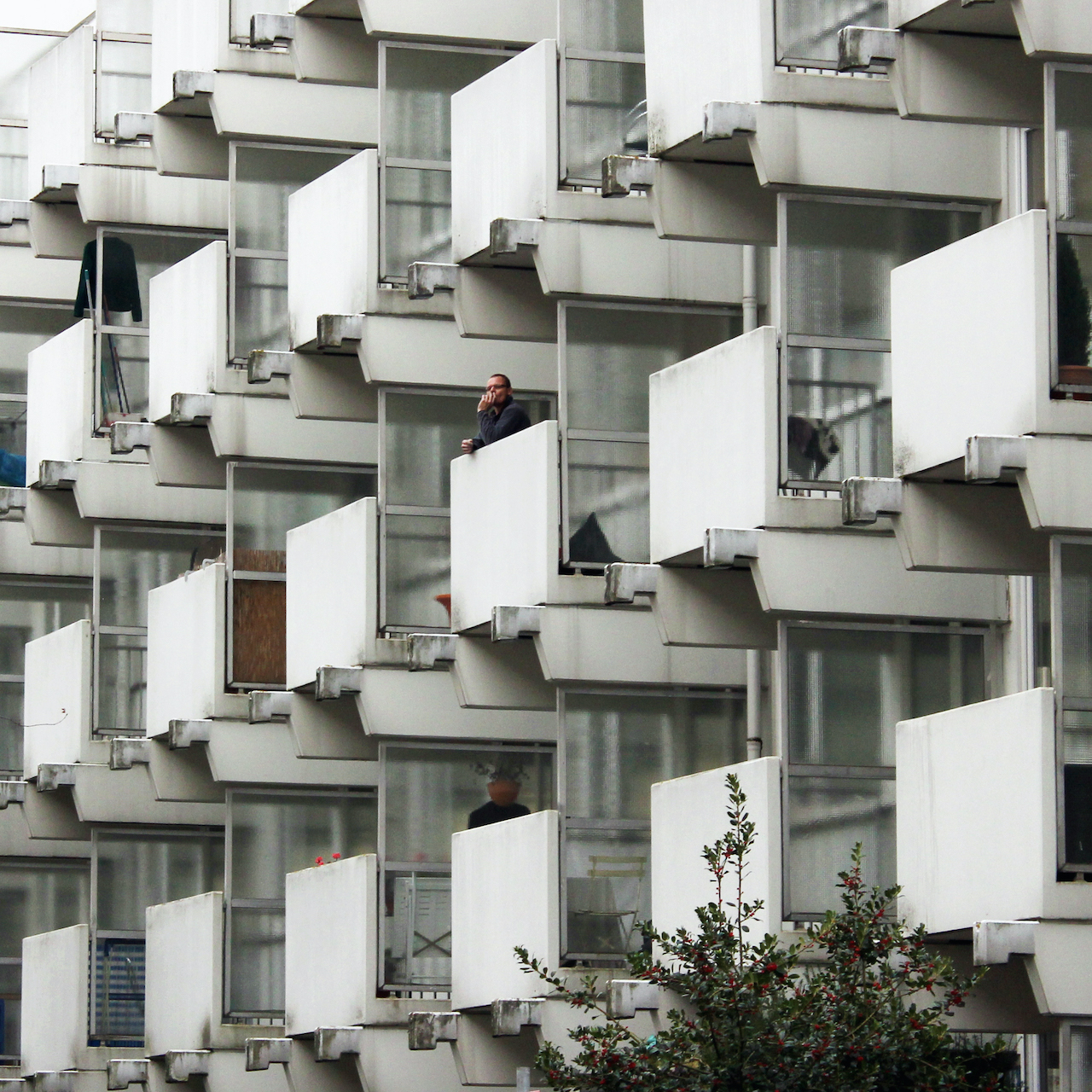
“I often look for repetition and strong geometry in architecture and this bleak, almost brutal complex in a wealthy district of Munich, Germany caught my eye. It makes it seem like everything’s the same, but when you look closer you can see the little individual touches the residents chose to have on their balconies. Still, the perspective creates this fleeting feeling – as if this building might go on forever.
There’s only one man on a balcony, withstanding the dreary November cold and I think the picture captures this little ordinary moment in time perfectly. One can immediately picture encountering this scene and the thoughts that may come along with it. I feel like the cold is sinking through the image no matter where and when you look at it.”
Camera: Canon
“Brasília Congress” by Gabriel Robin
IESB University, Brazil
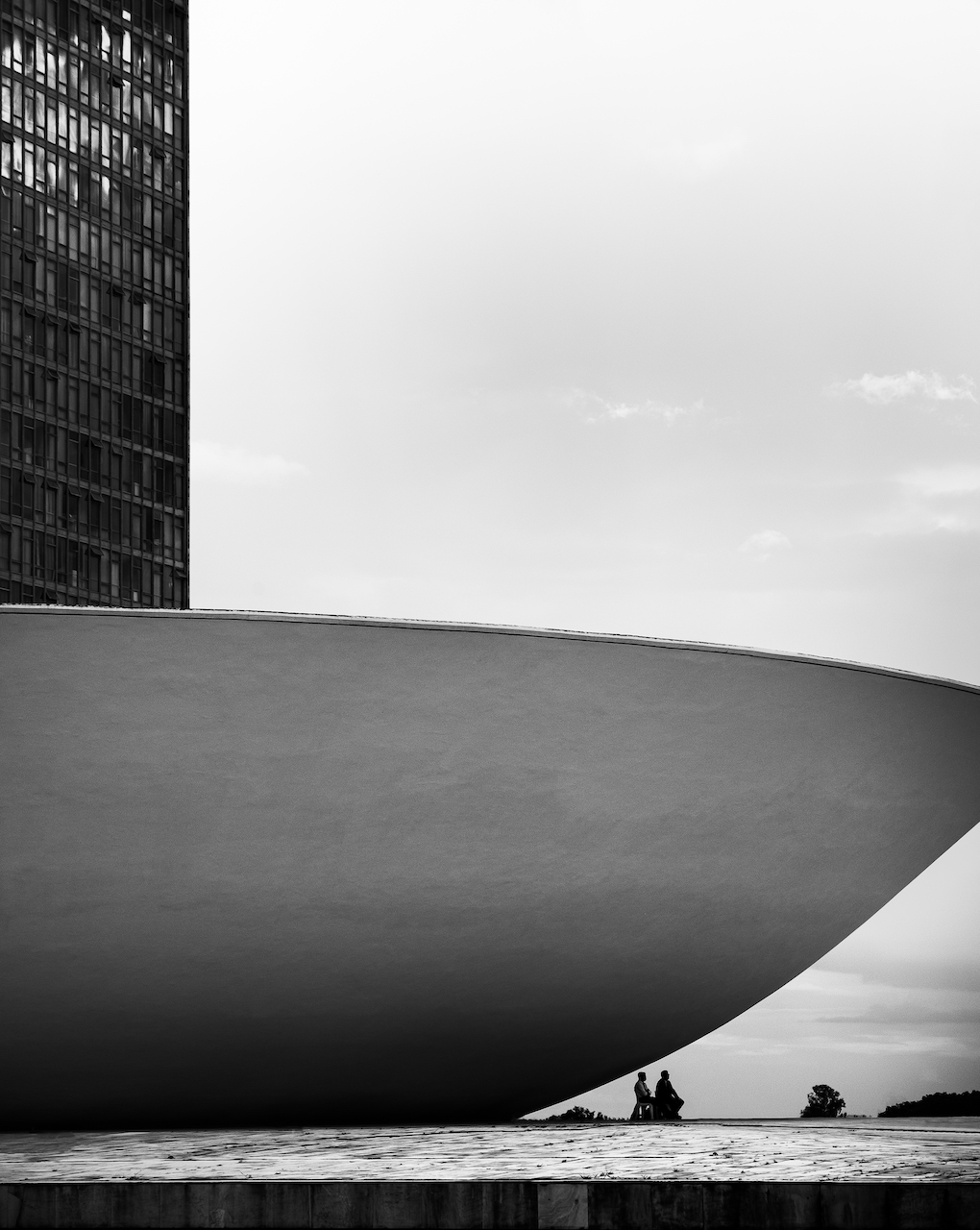
“This Photograph wax taken in Brasília,Brazil, and it capture the Brazilian Congress. To live in Brasília means to experience daily sights of renown architecture. More than a plan, the city is a dream that came true. Each building carry so much story and such a weight, for better or for worse. The National Congress evokes mixed thoughts and feelings, for it is there that laws die and are born, changing the course of everyone’s lifes. And yet, what I like most about this photo is the human presence, that feels like a break from all that weight . Outside they can contemplated, be silent, be still. Outside there are no decisions to be made.”
Camera: Fujifilm SLR
